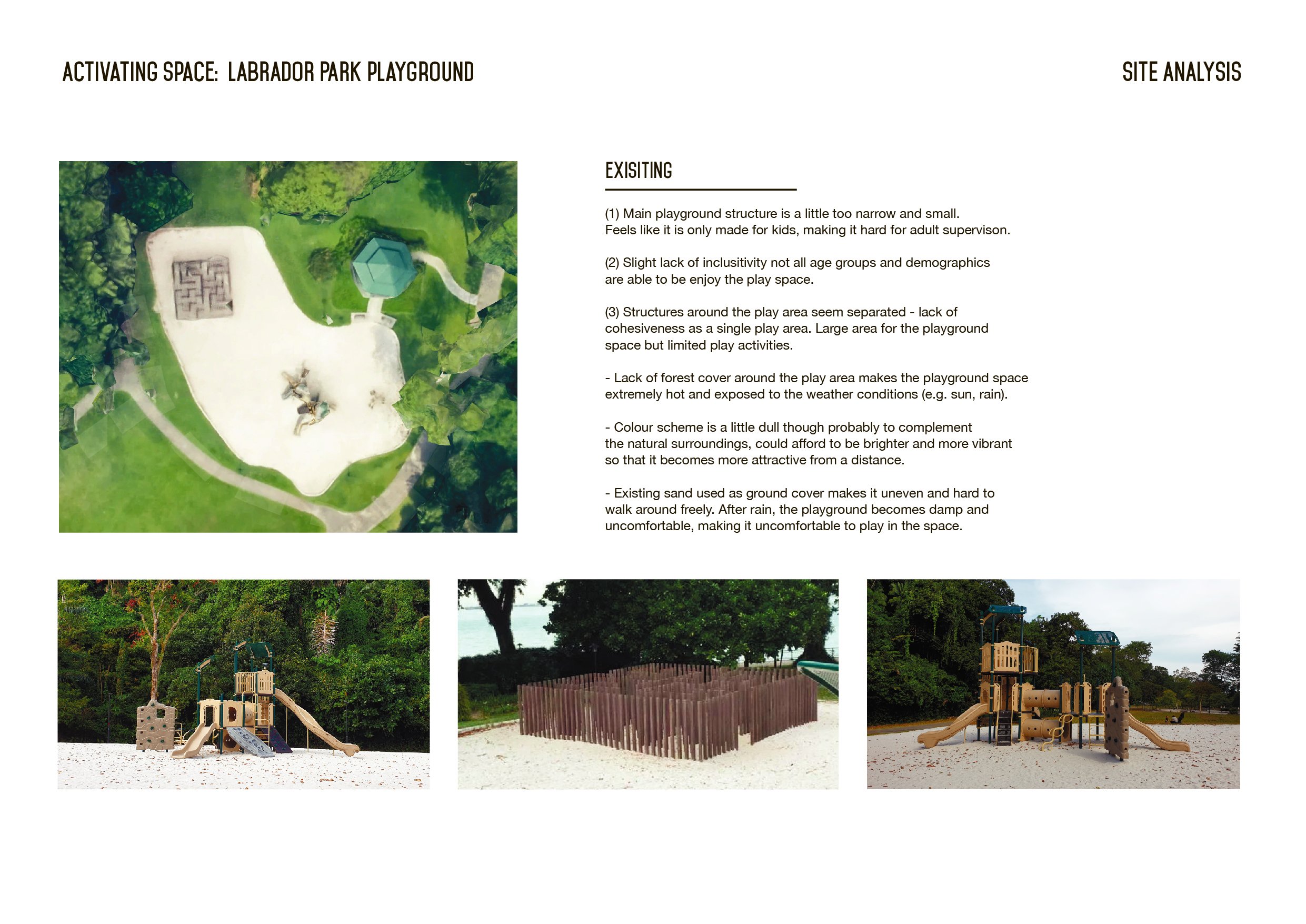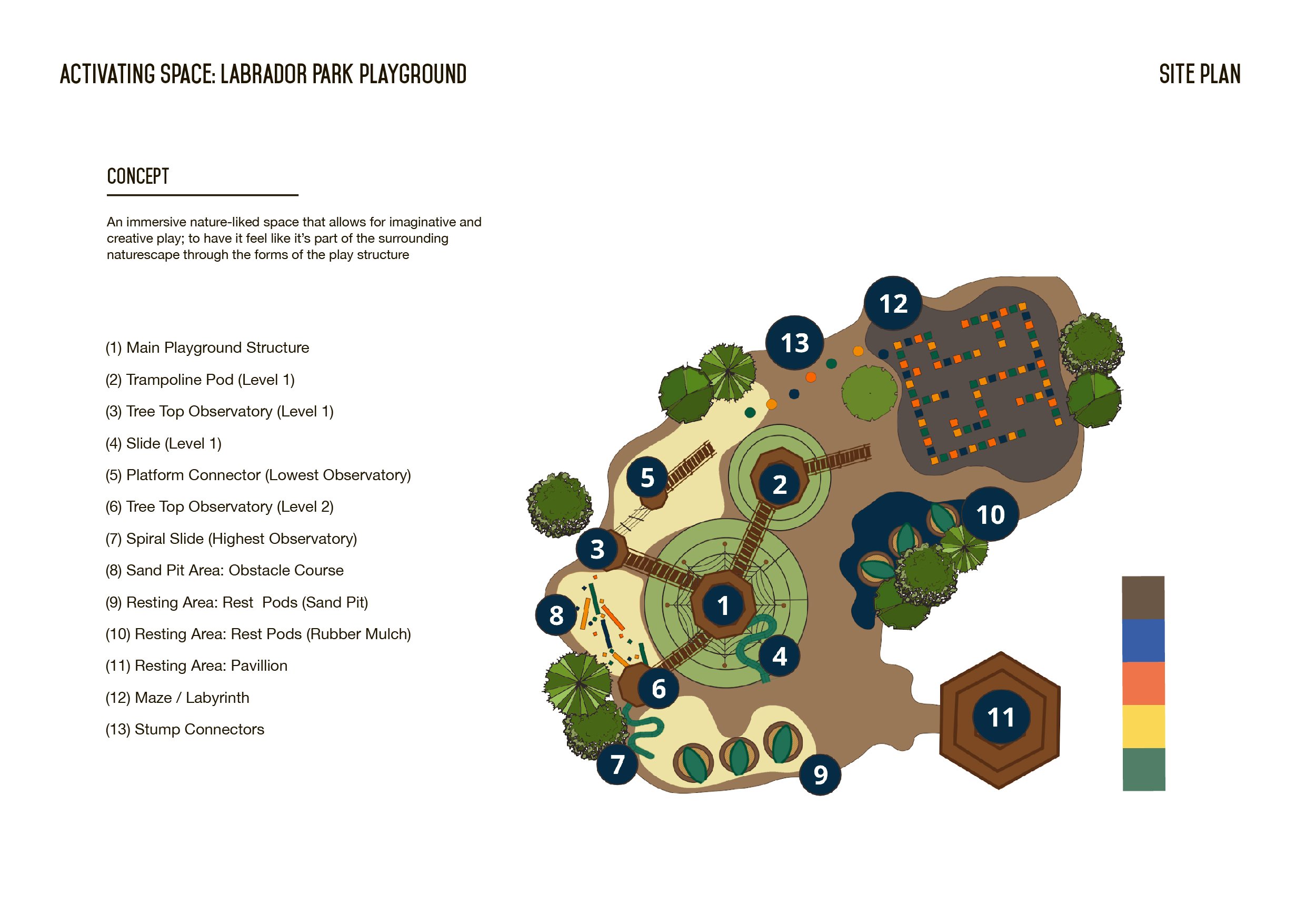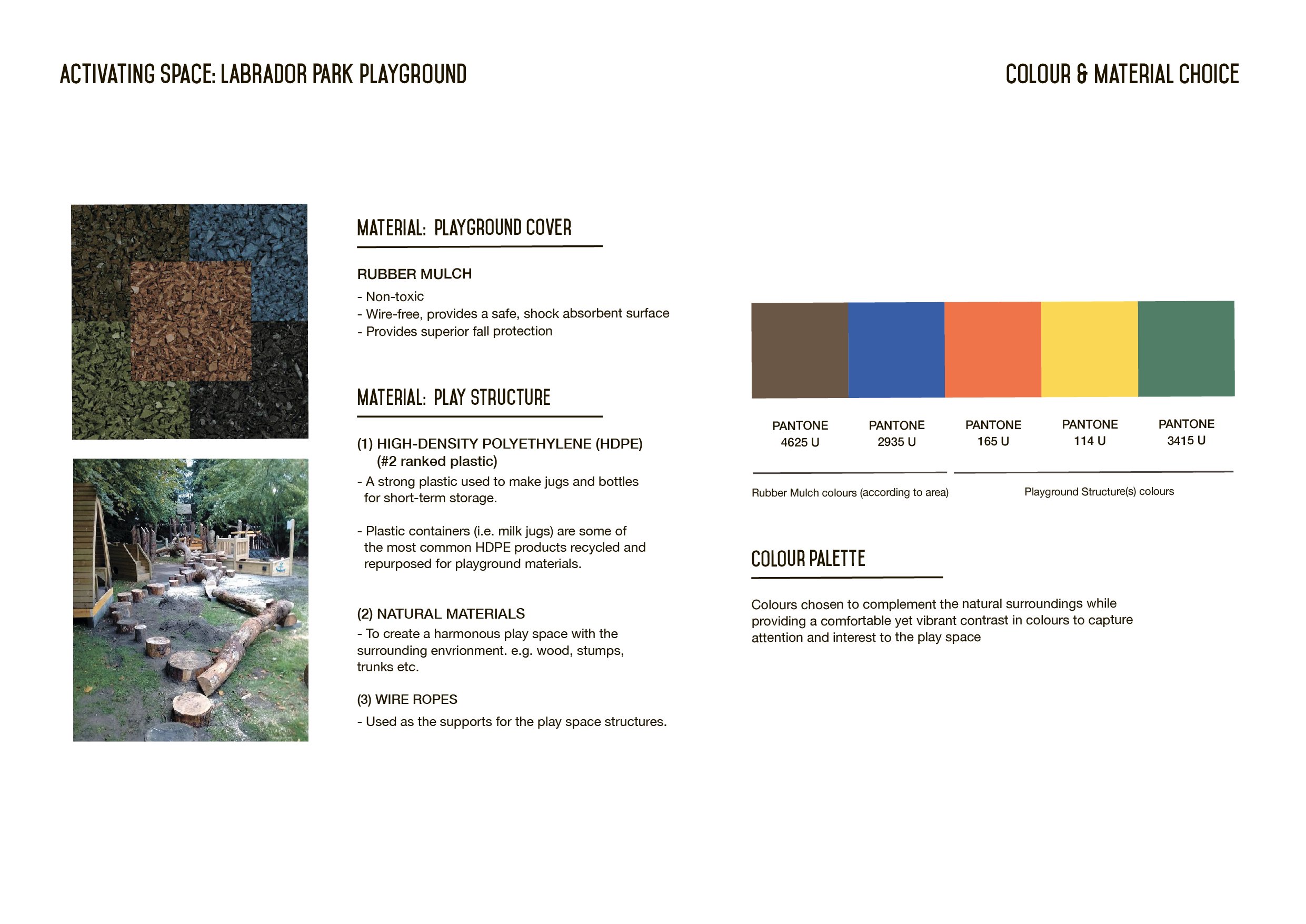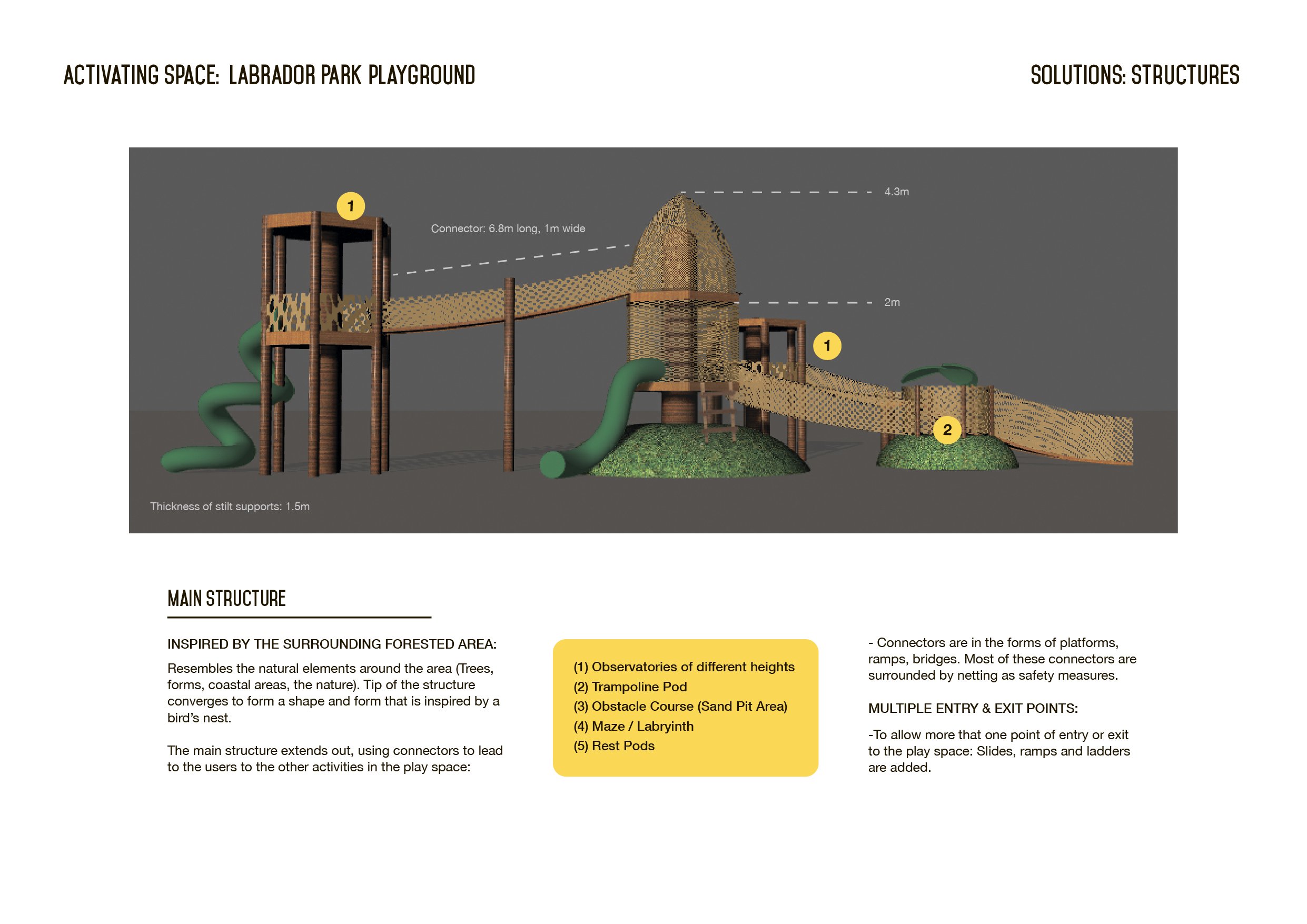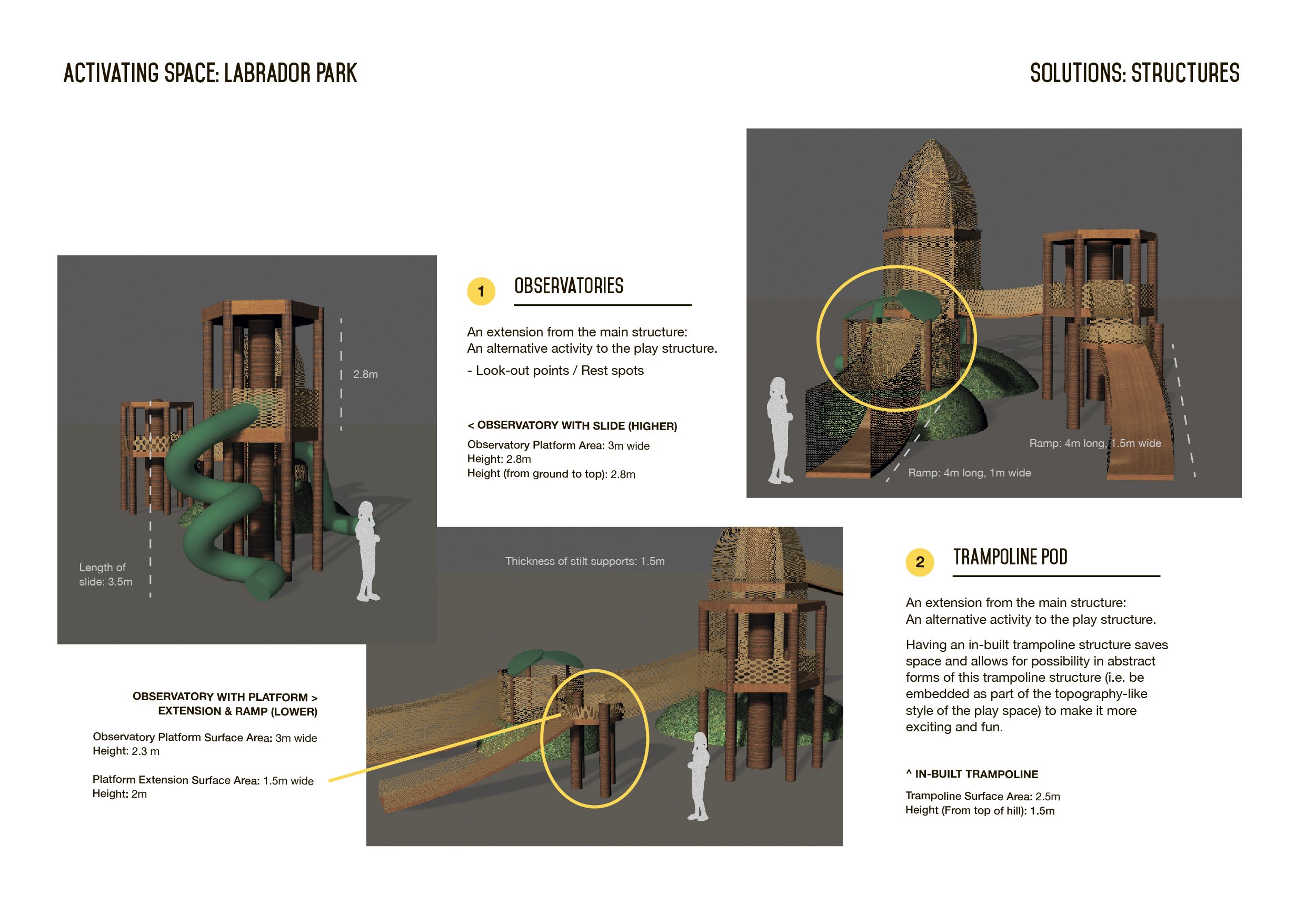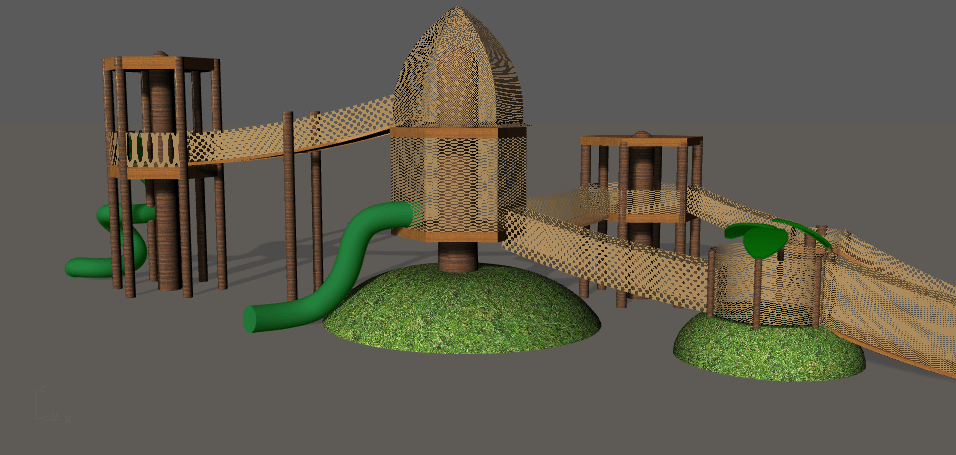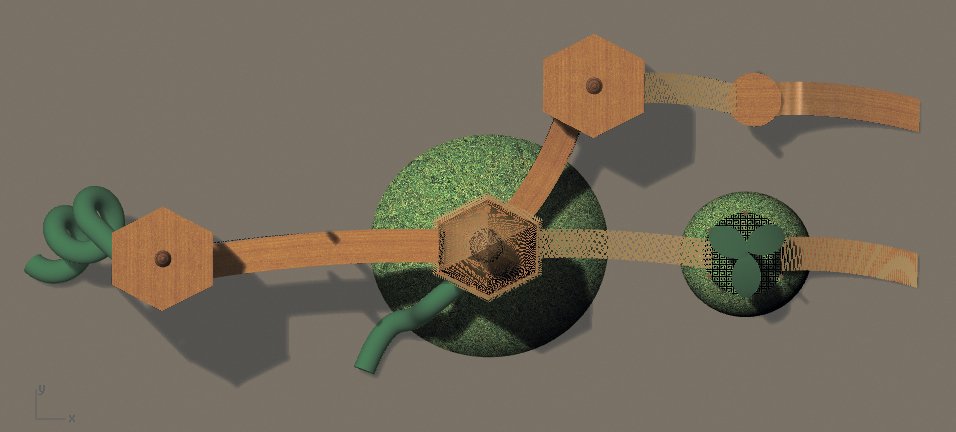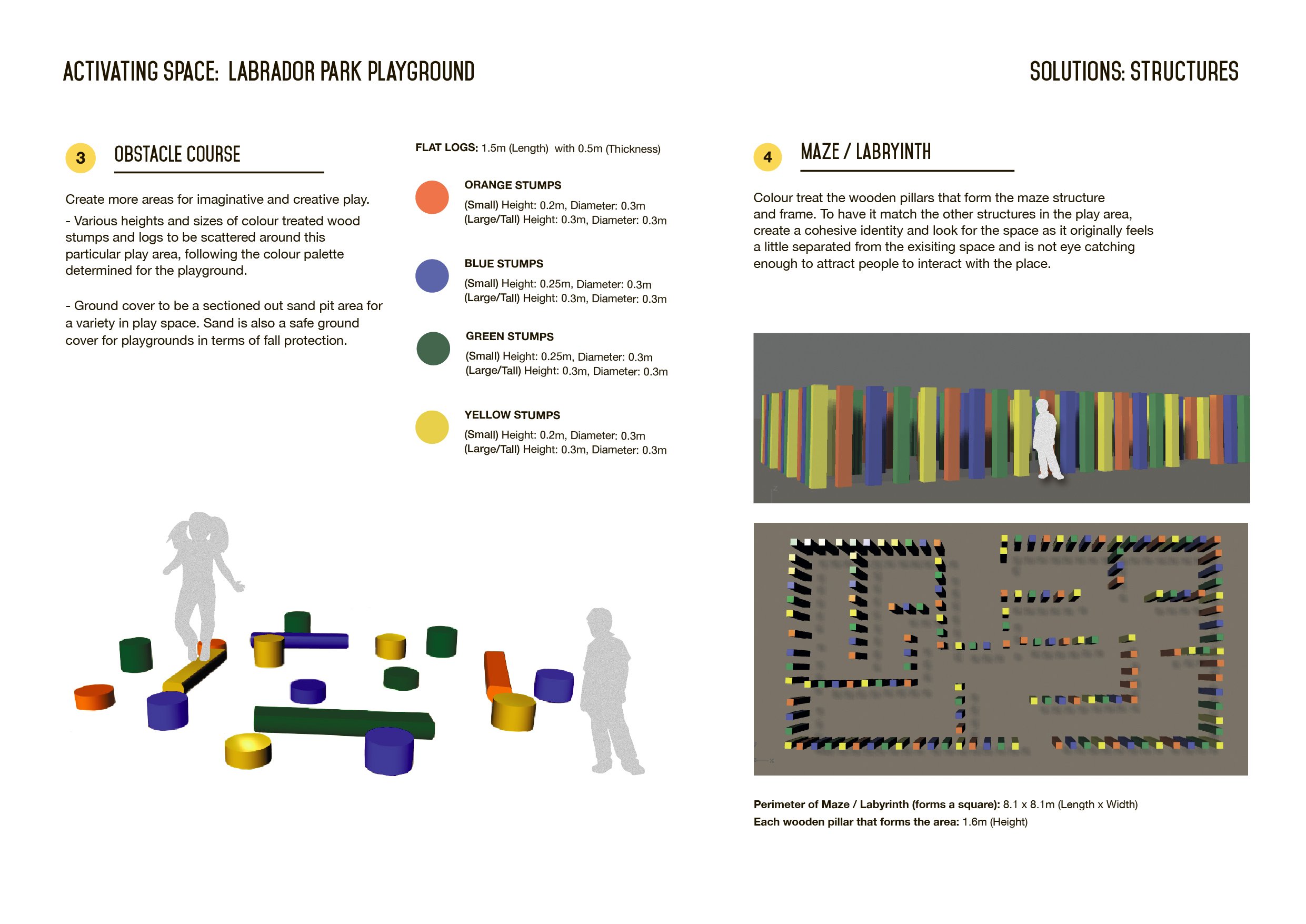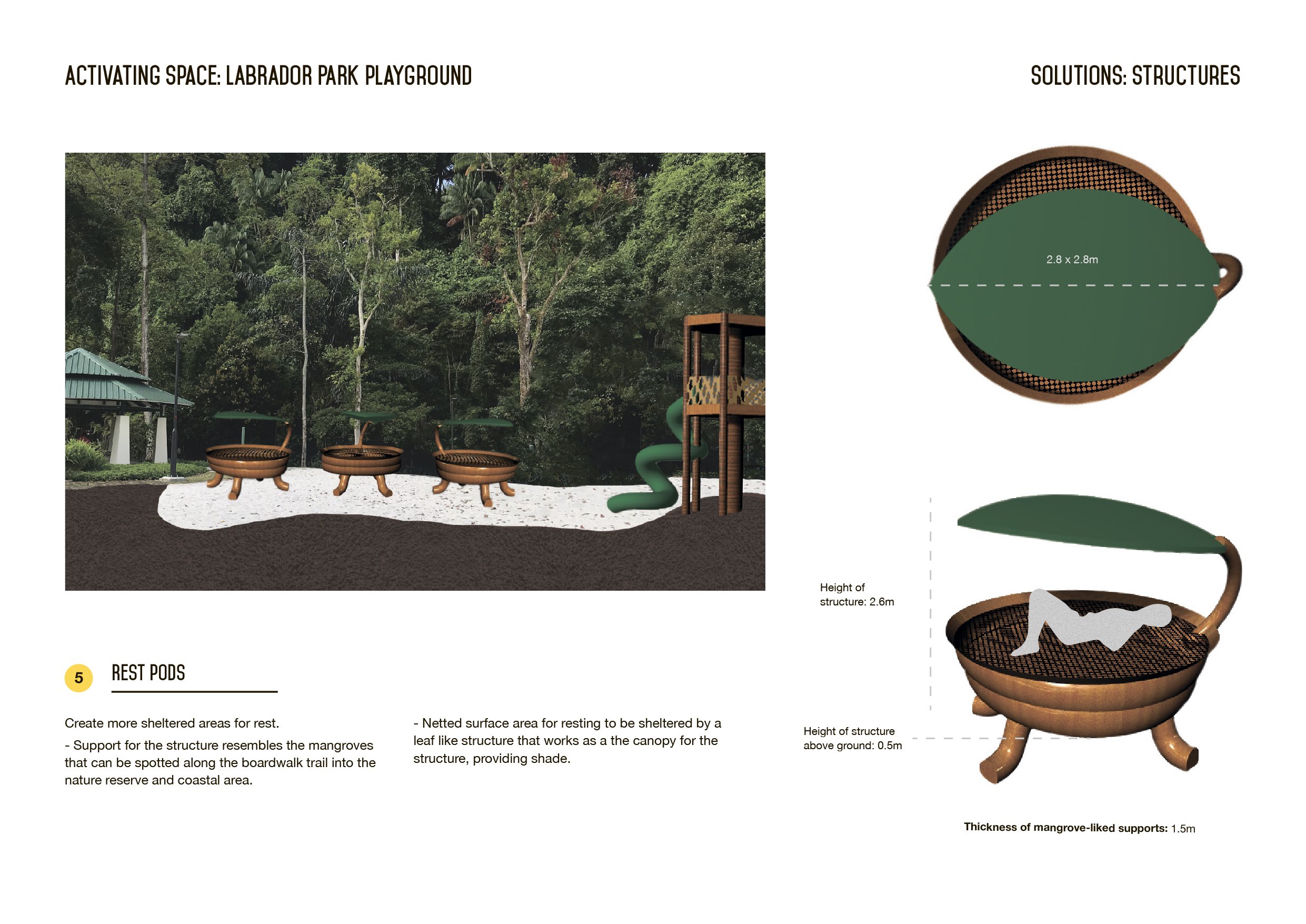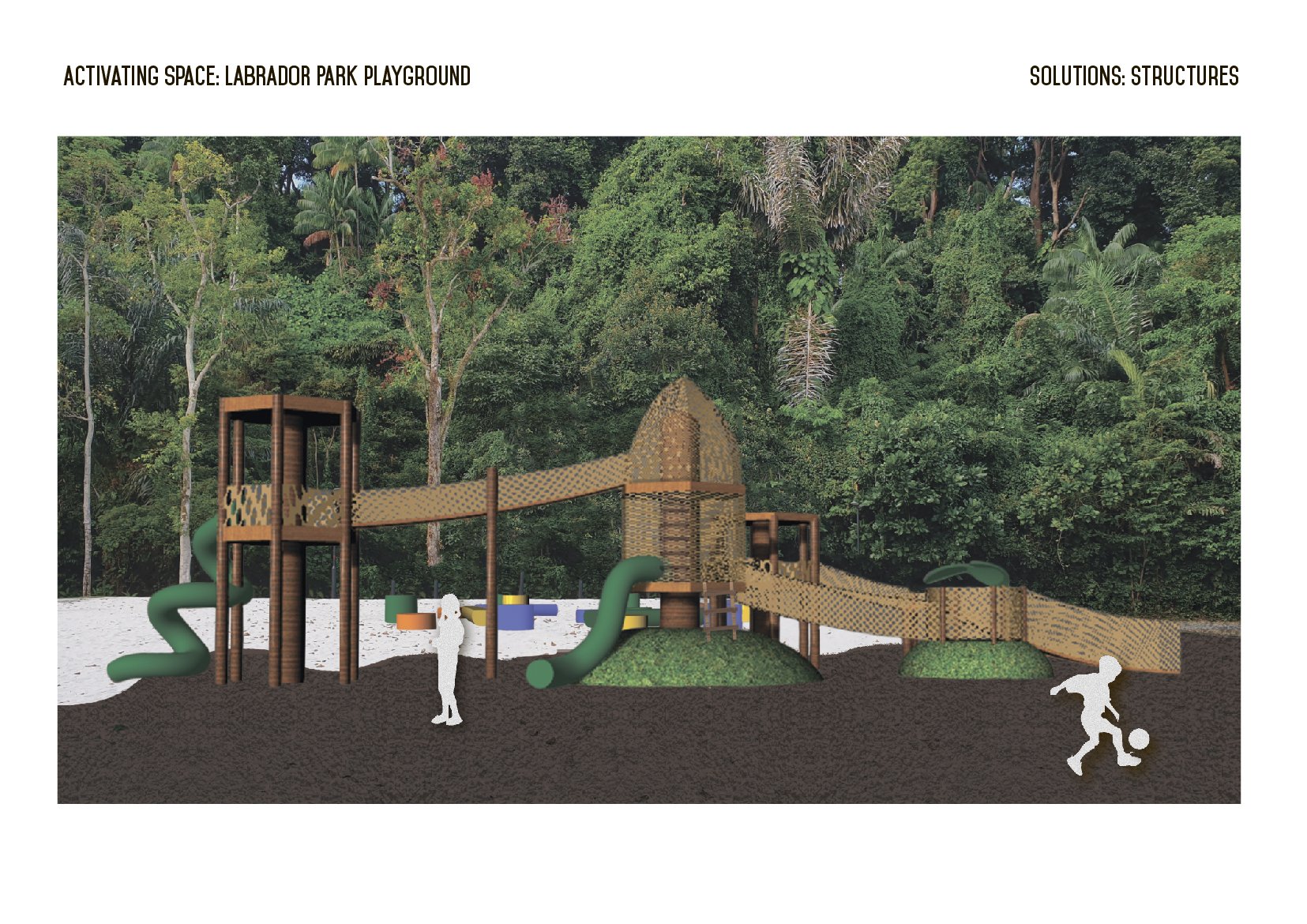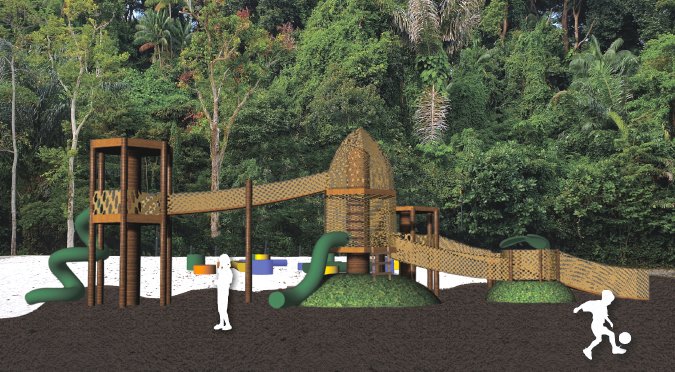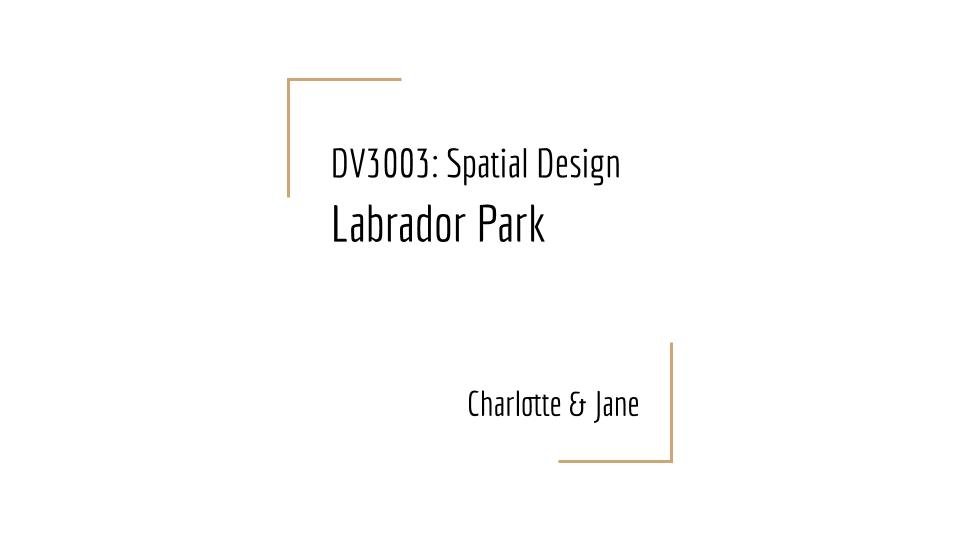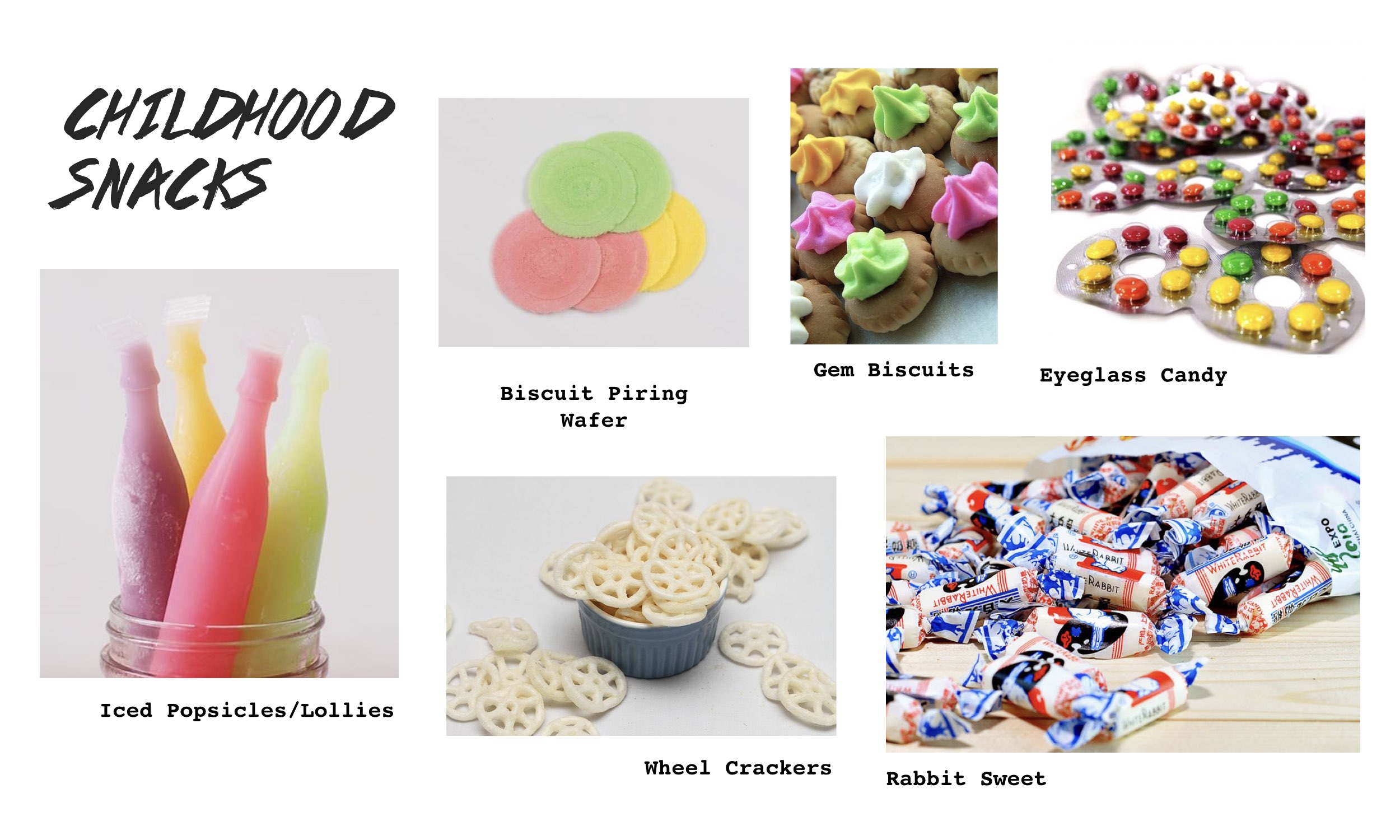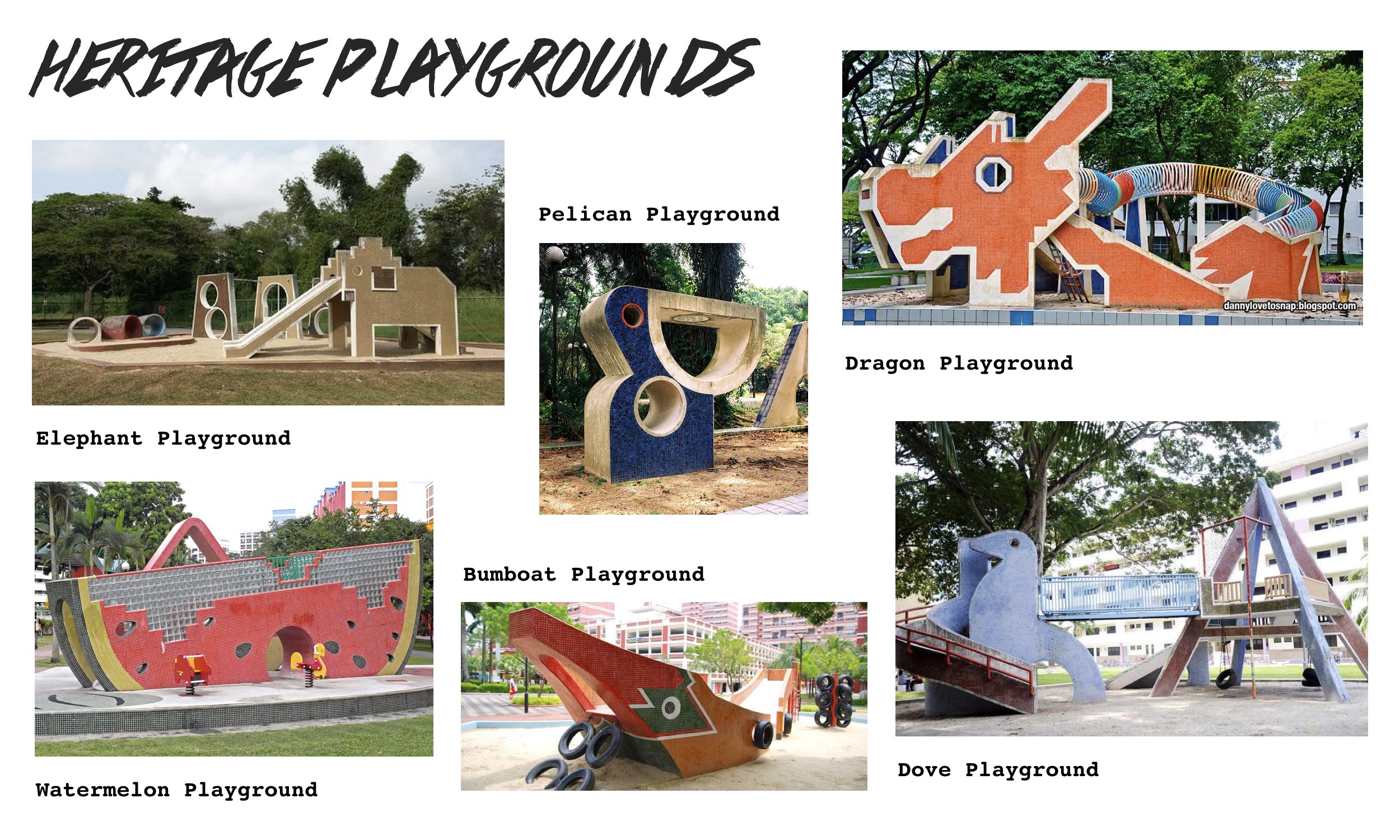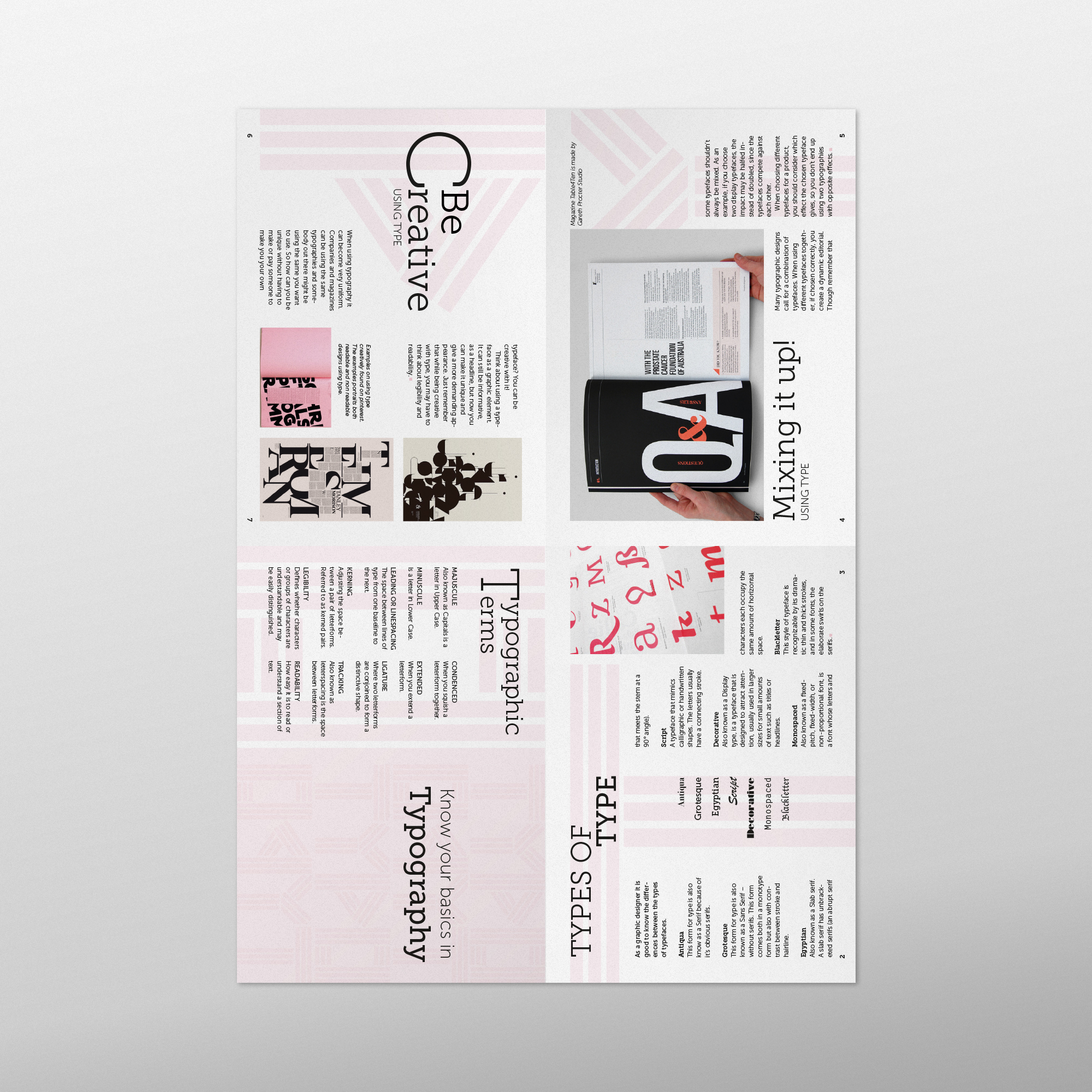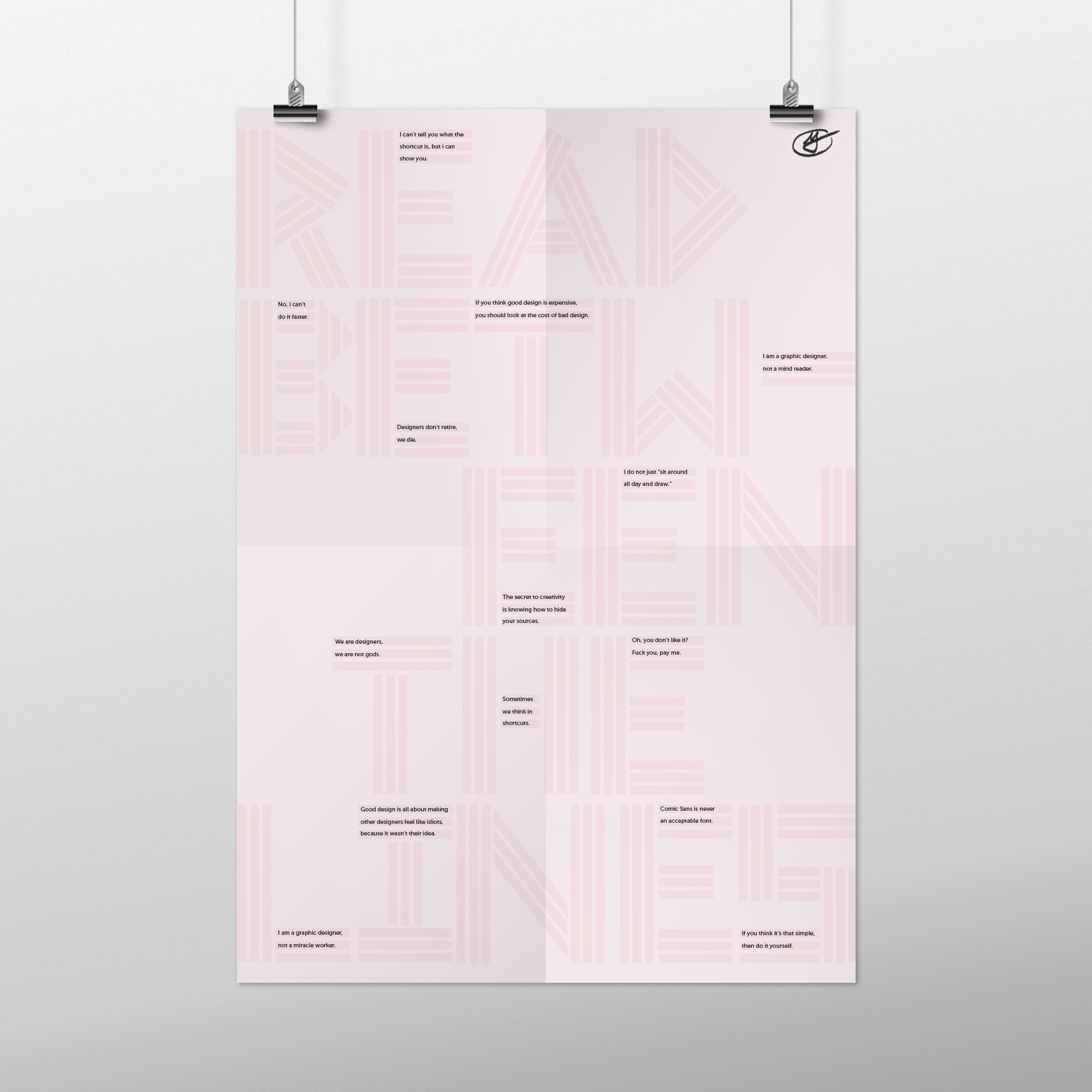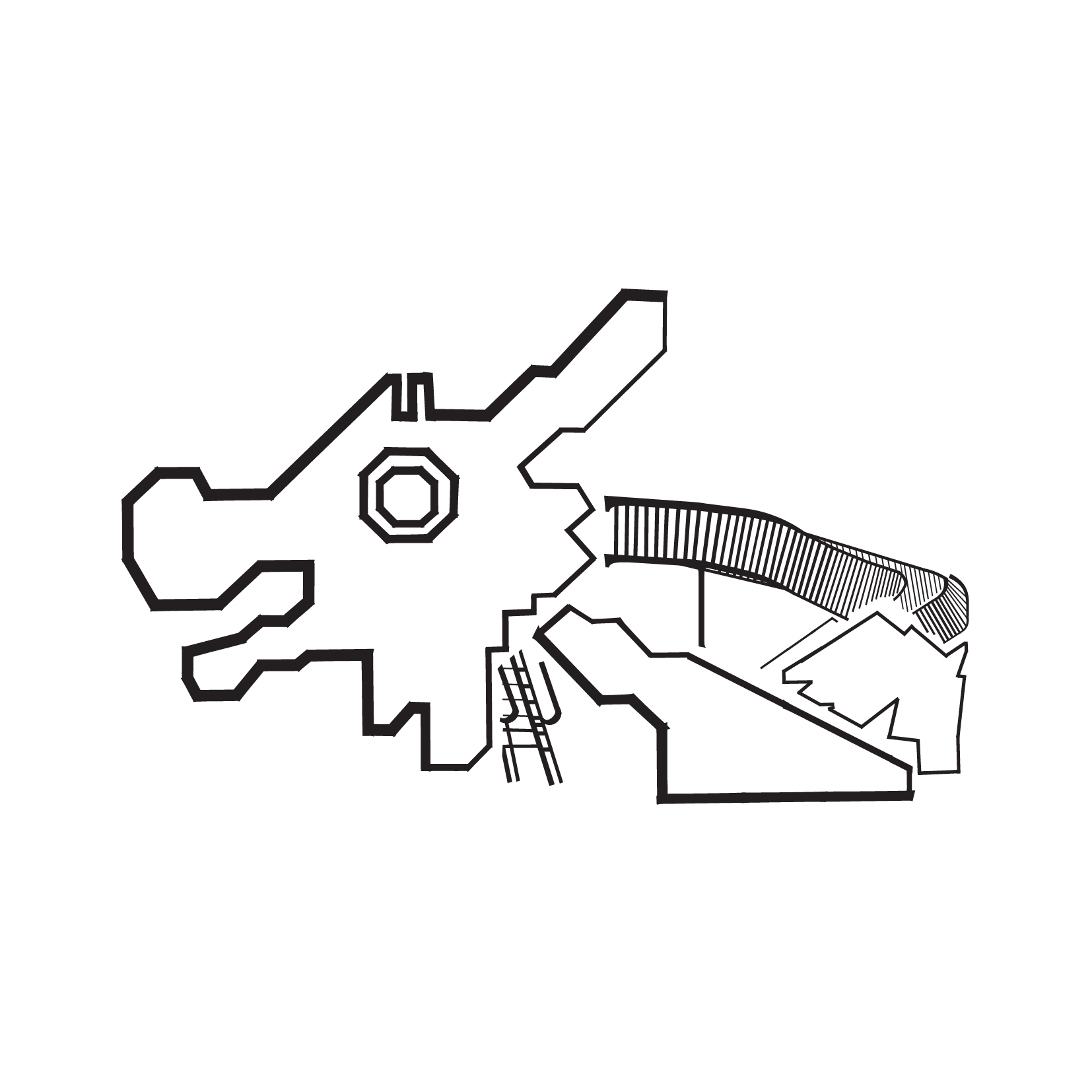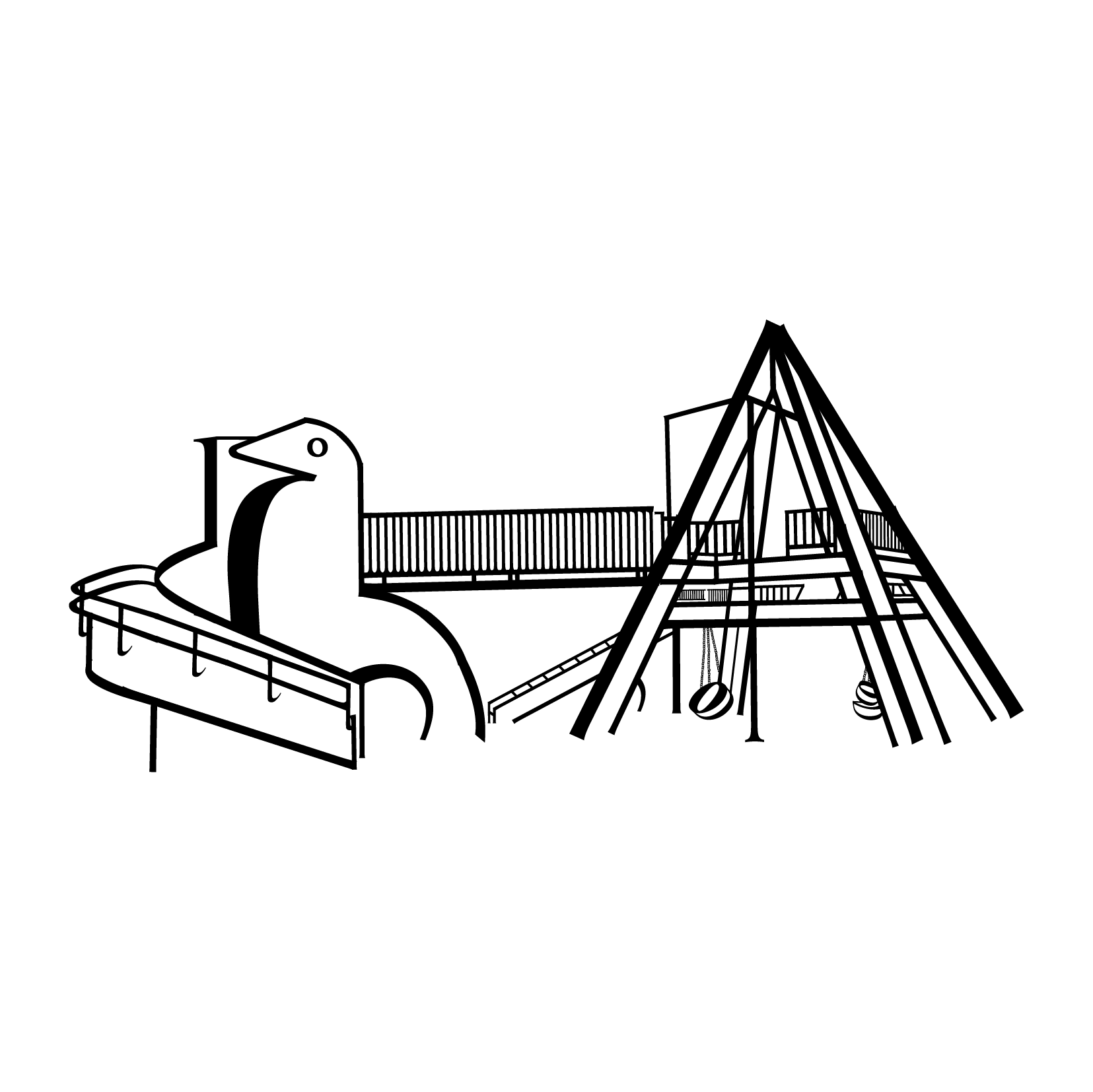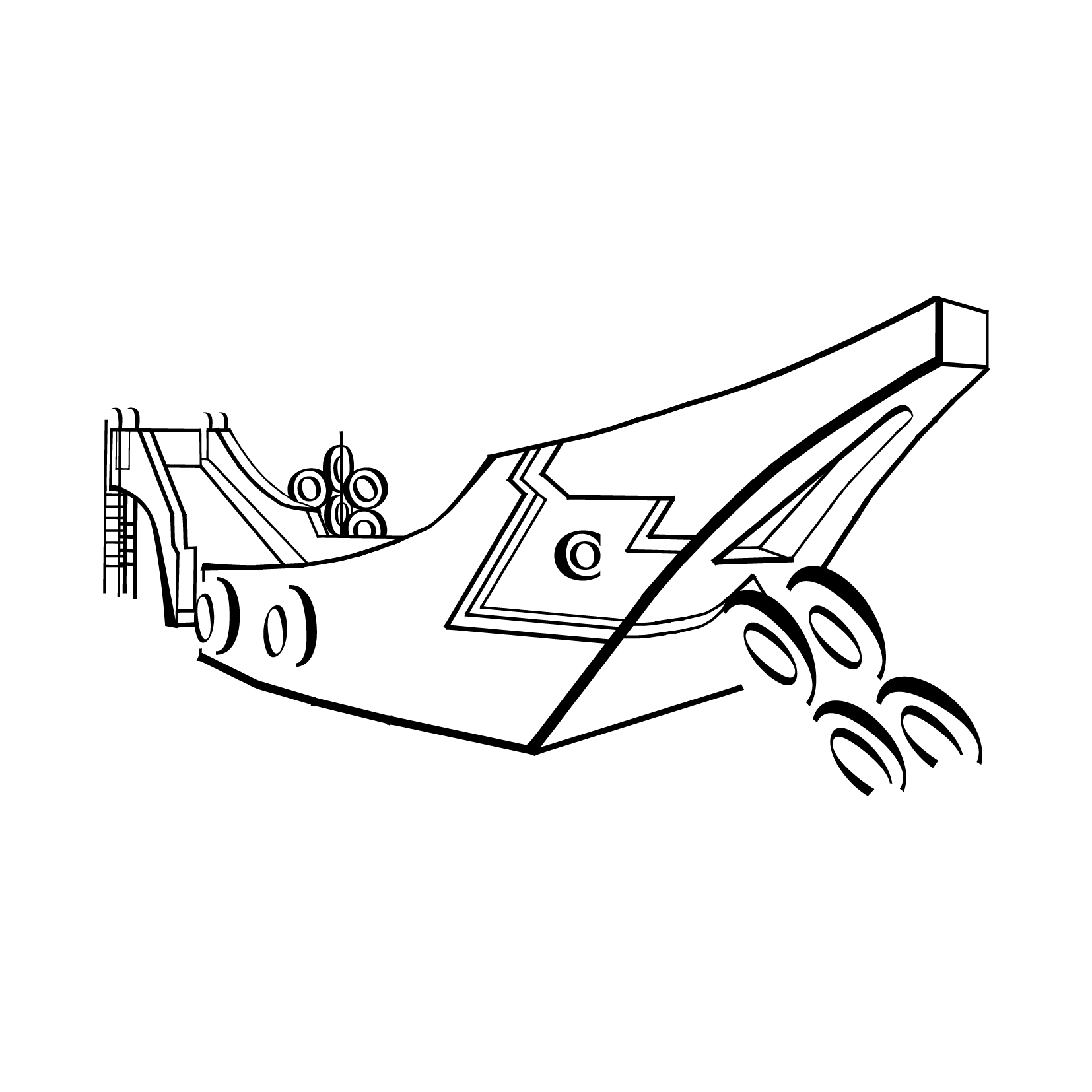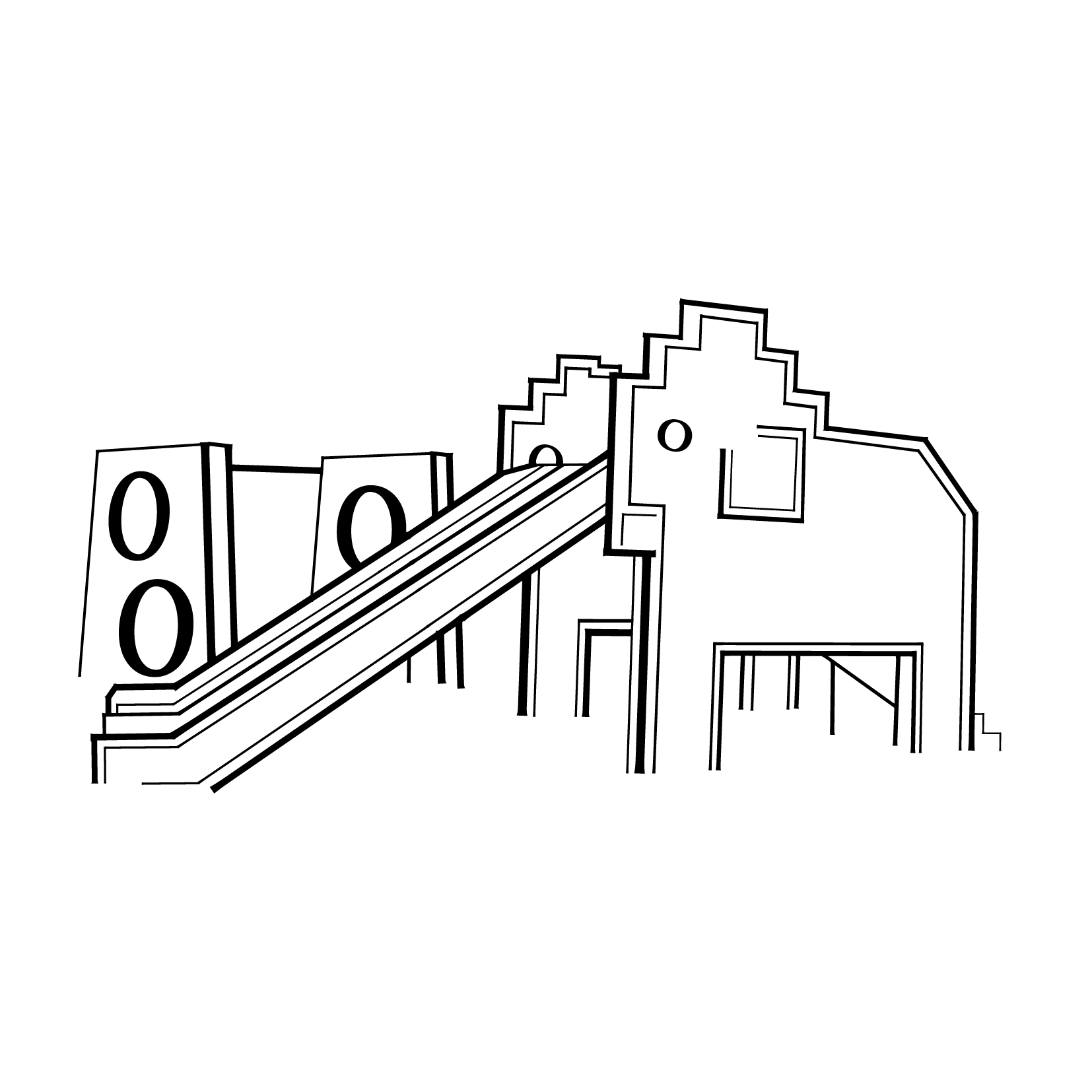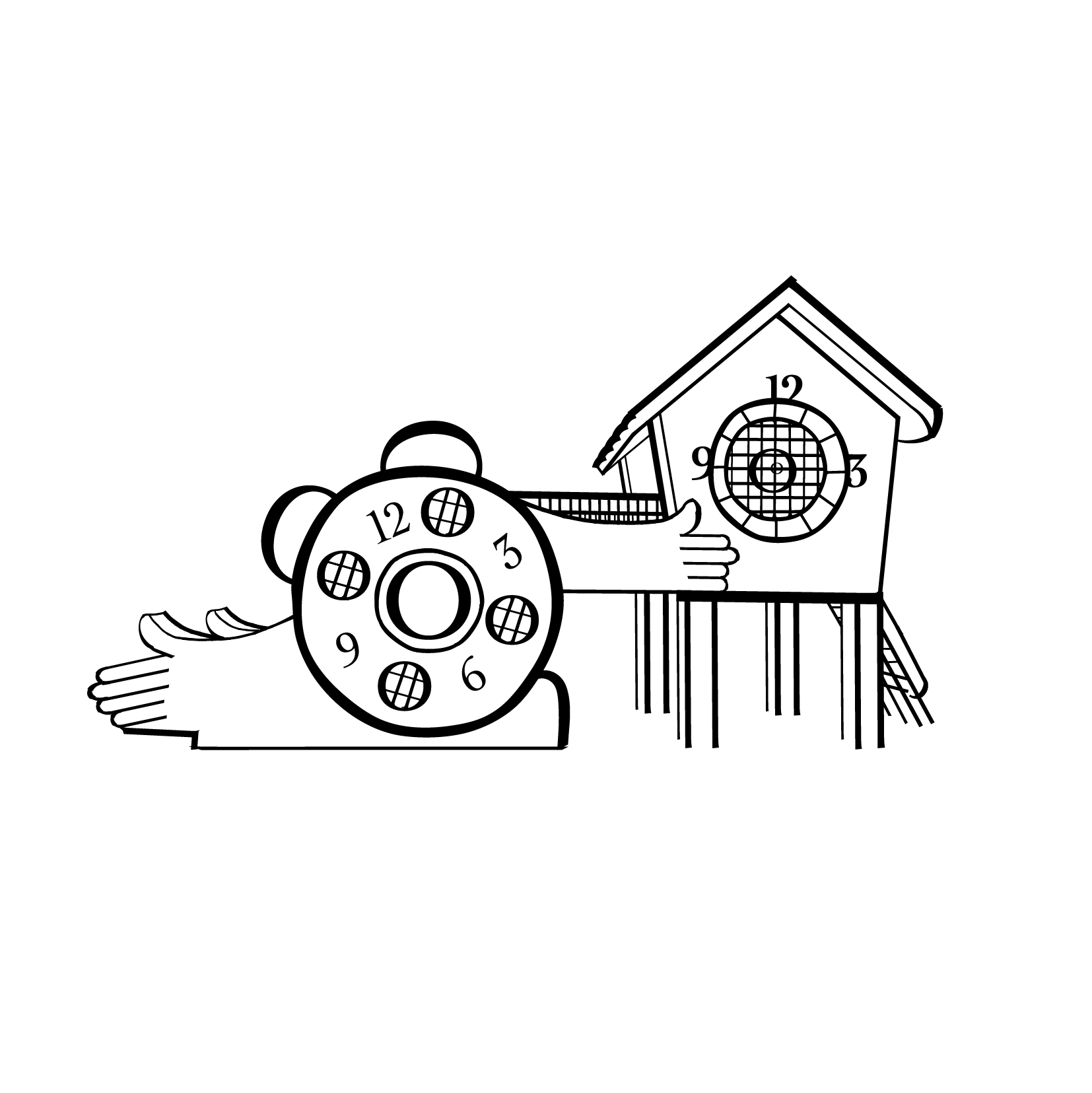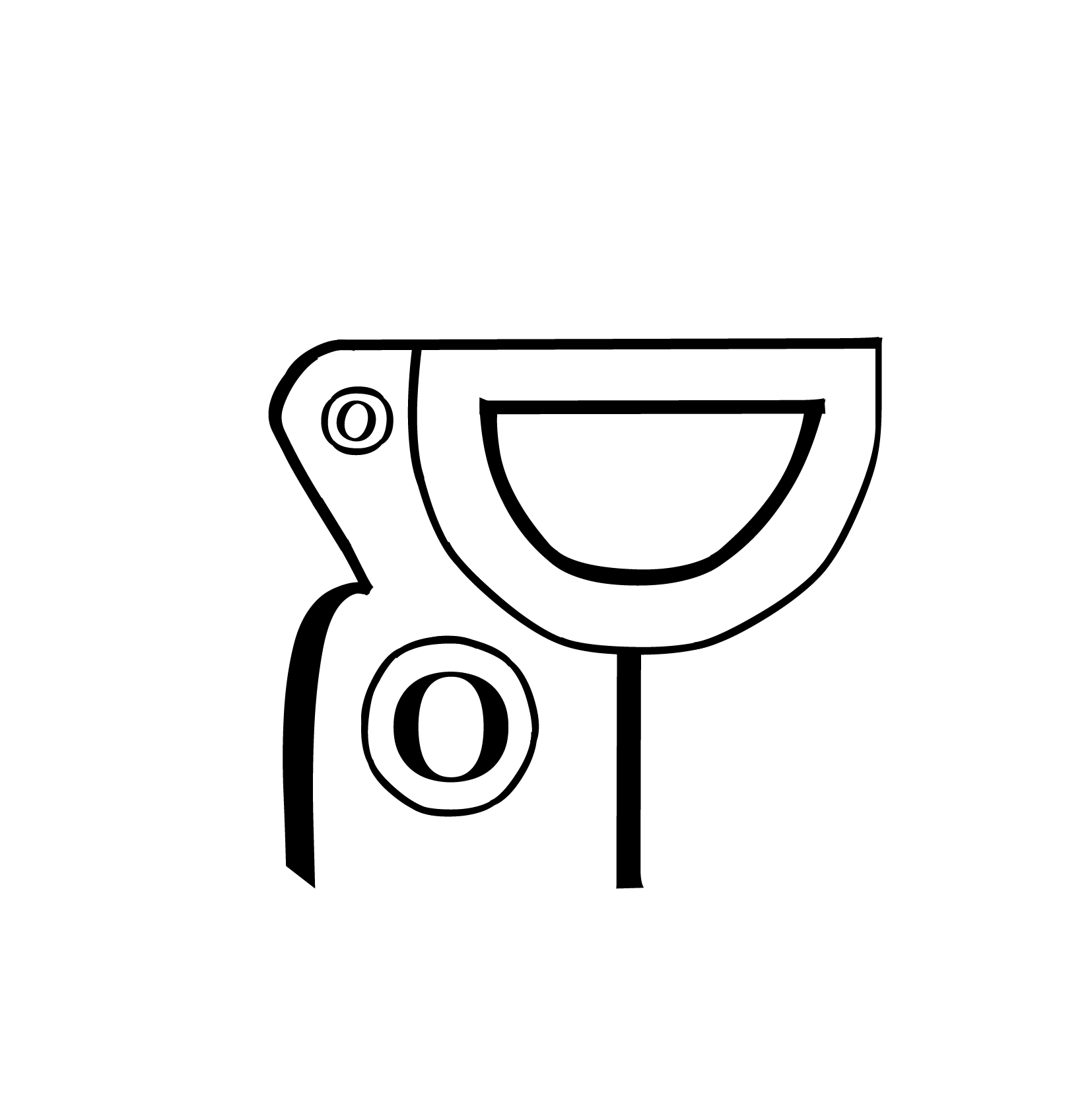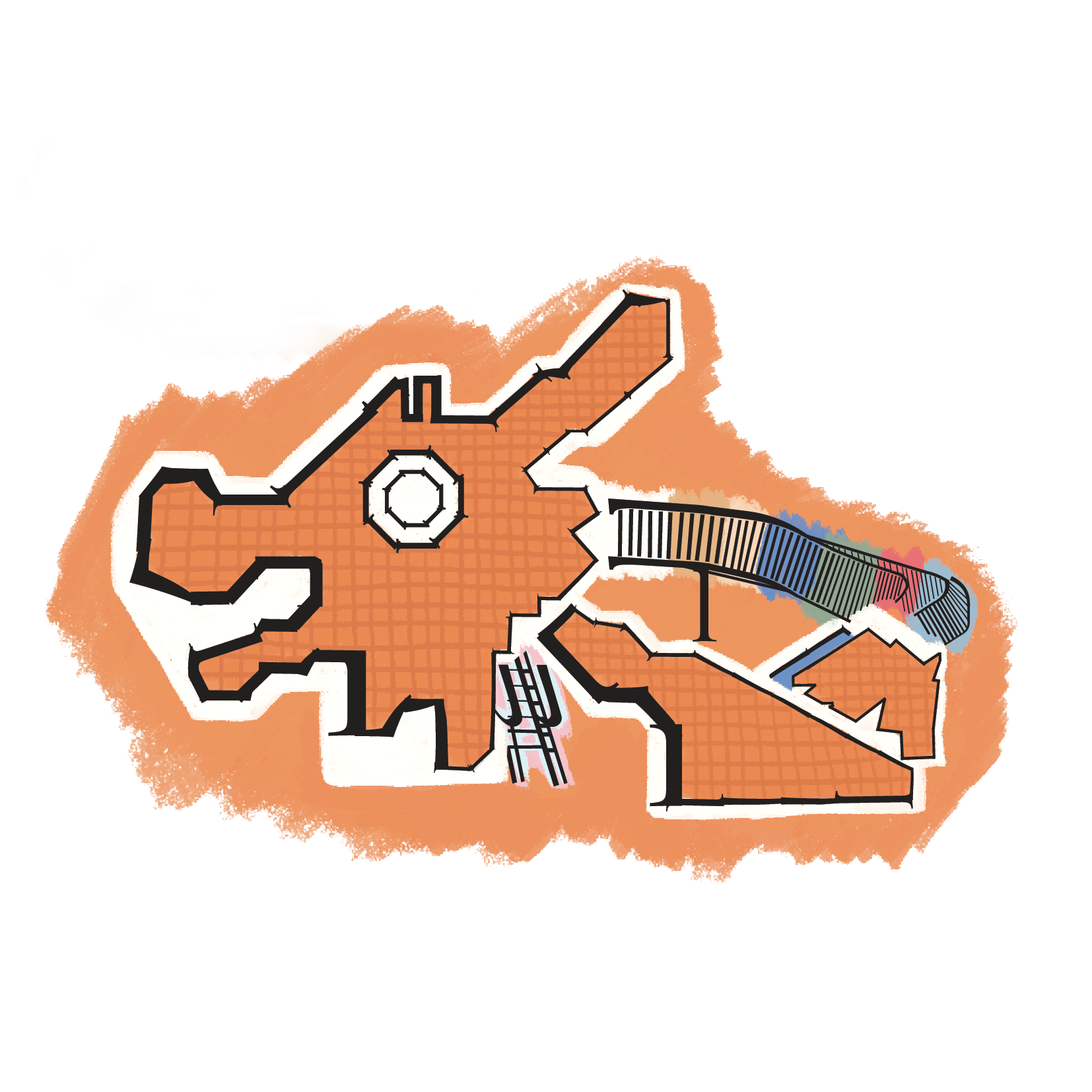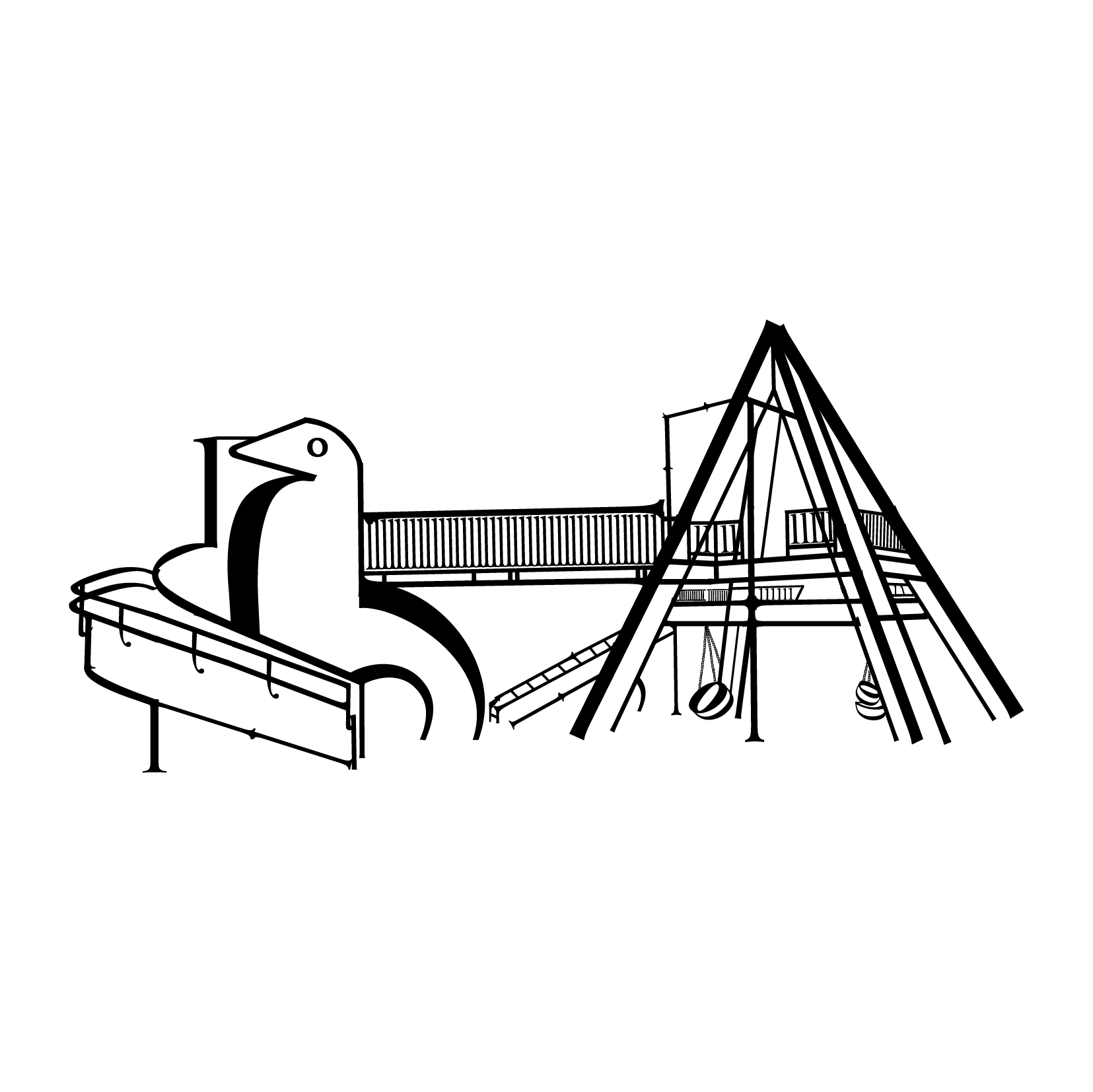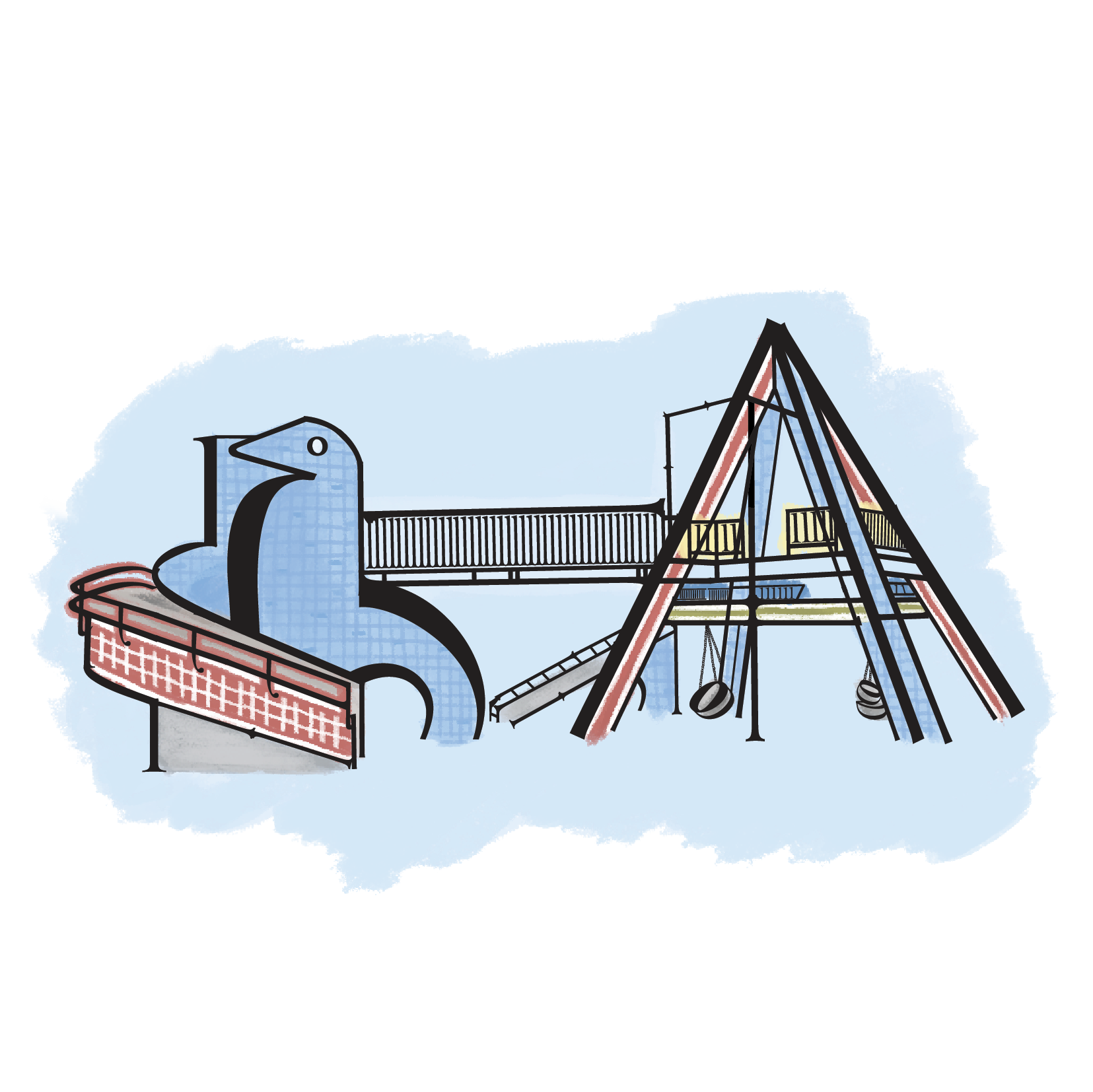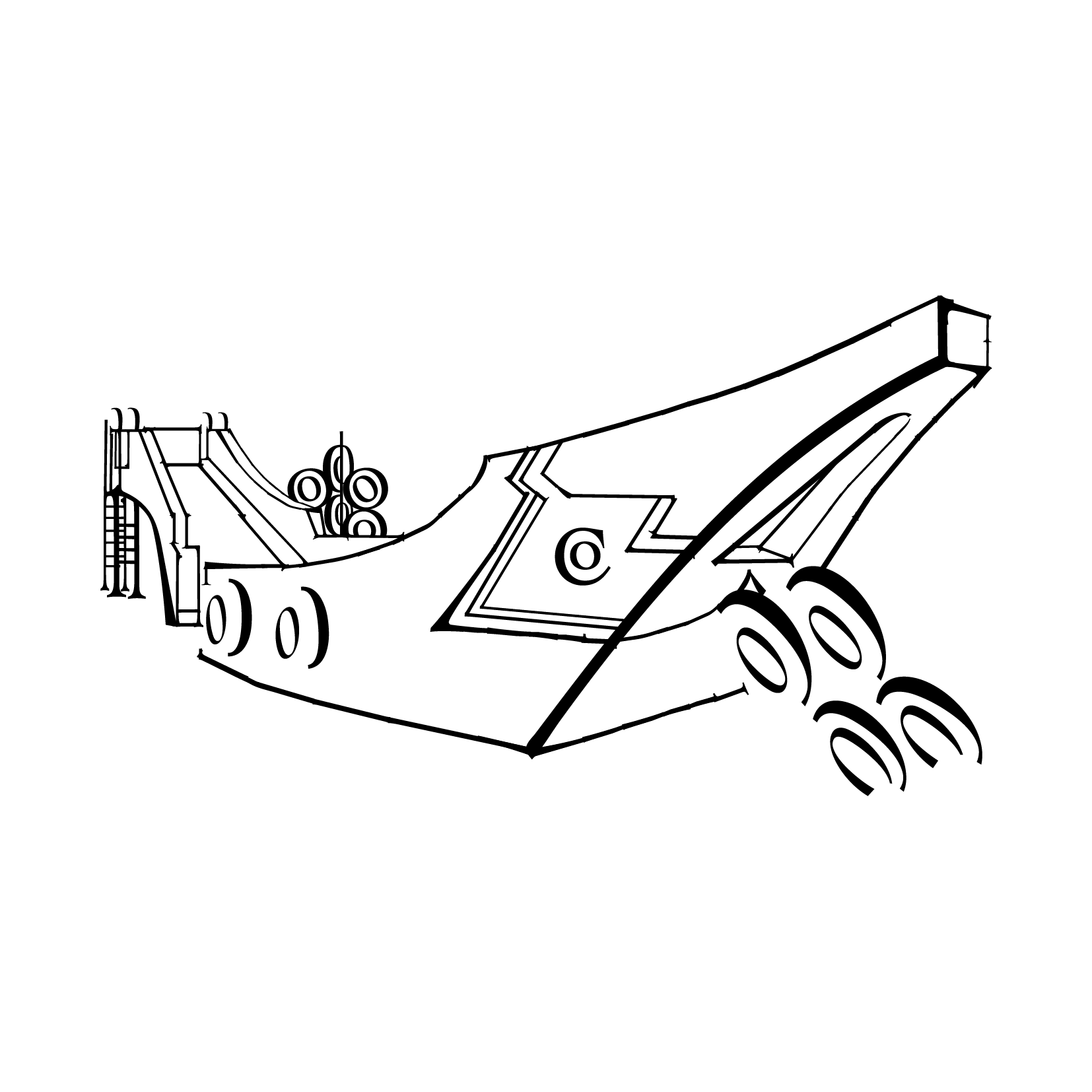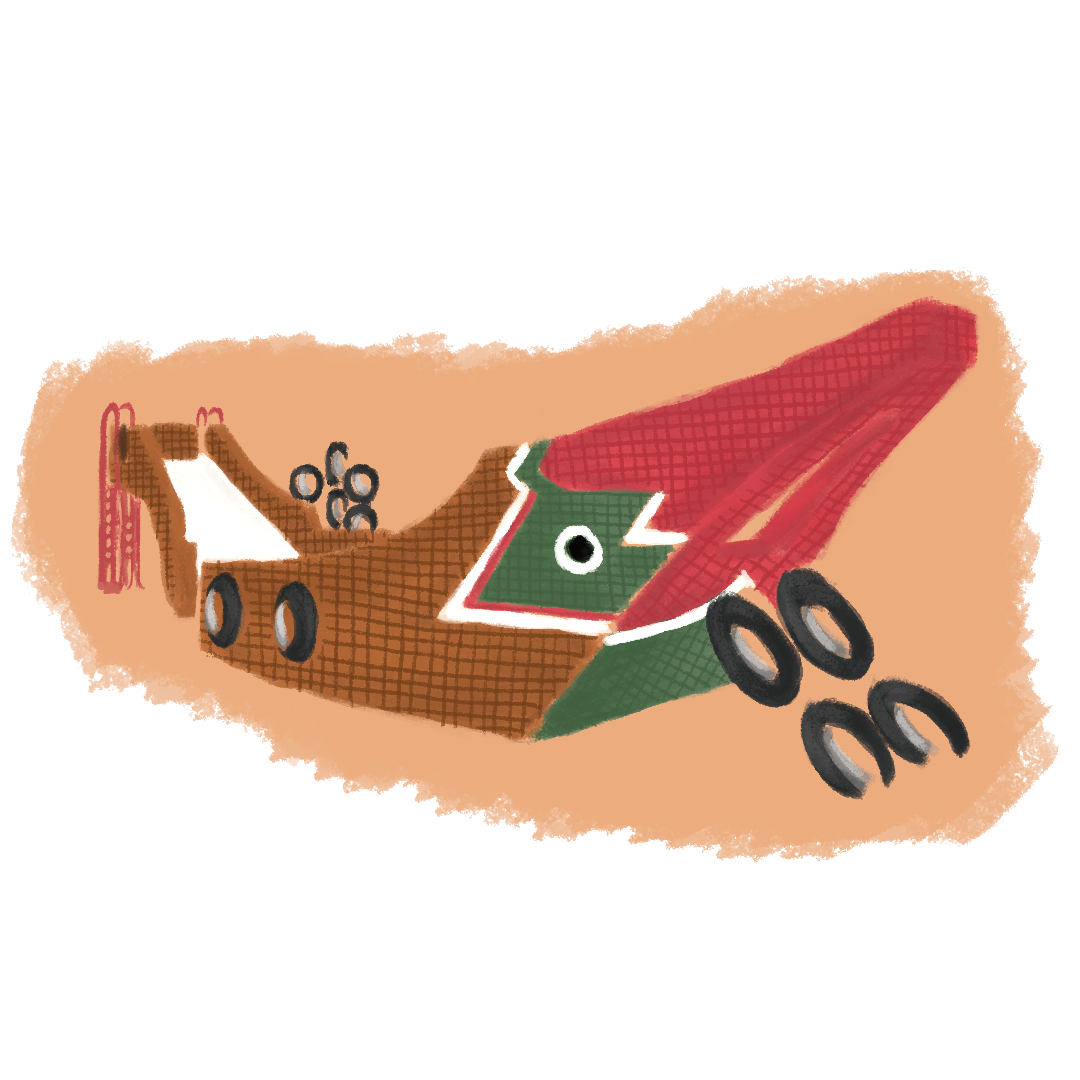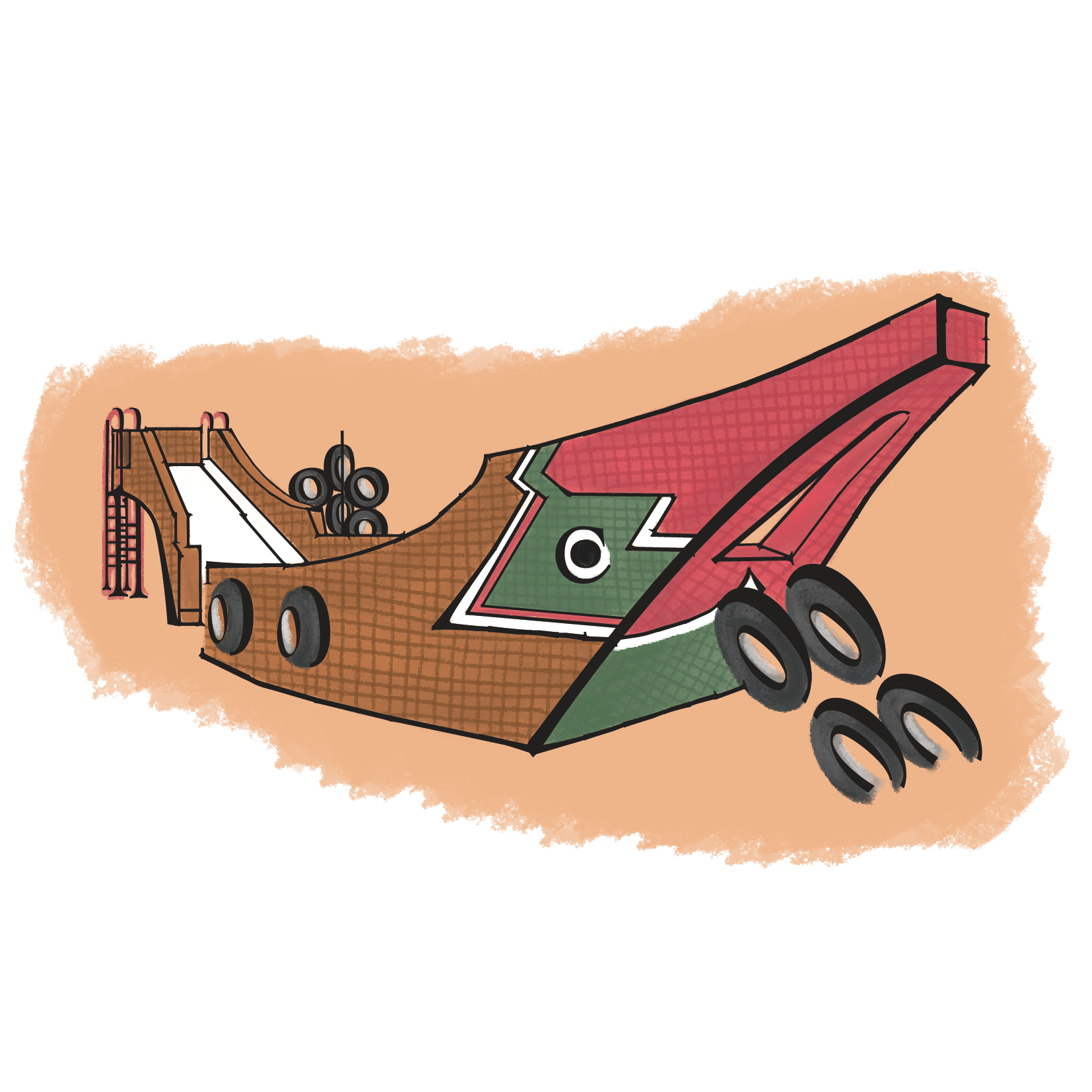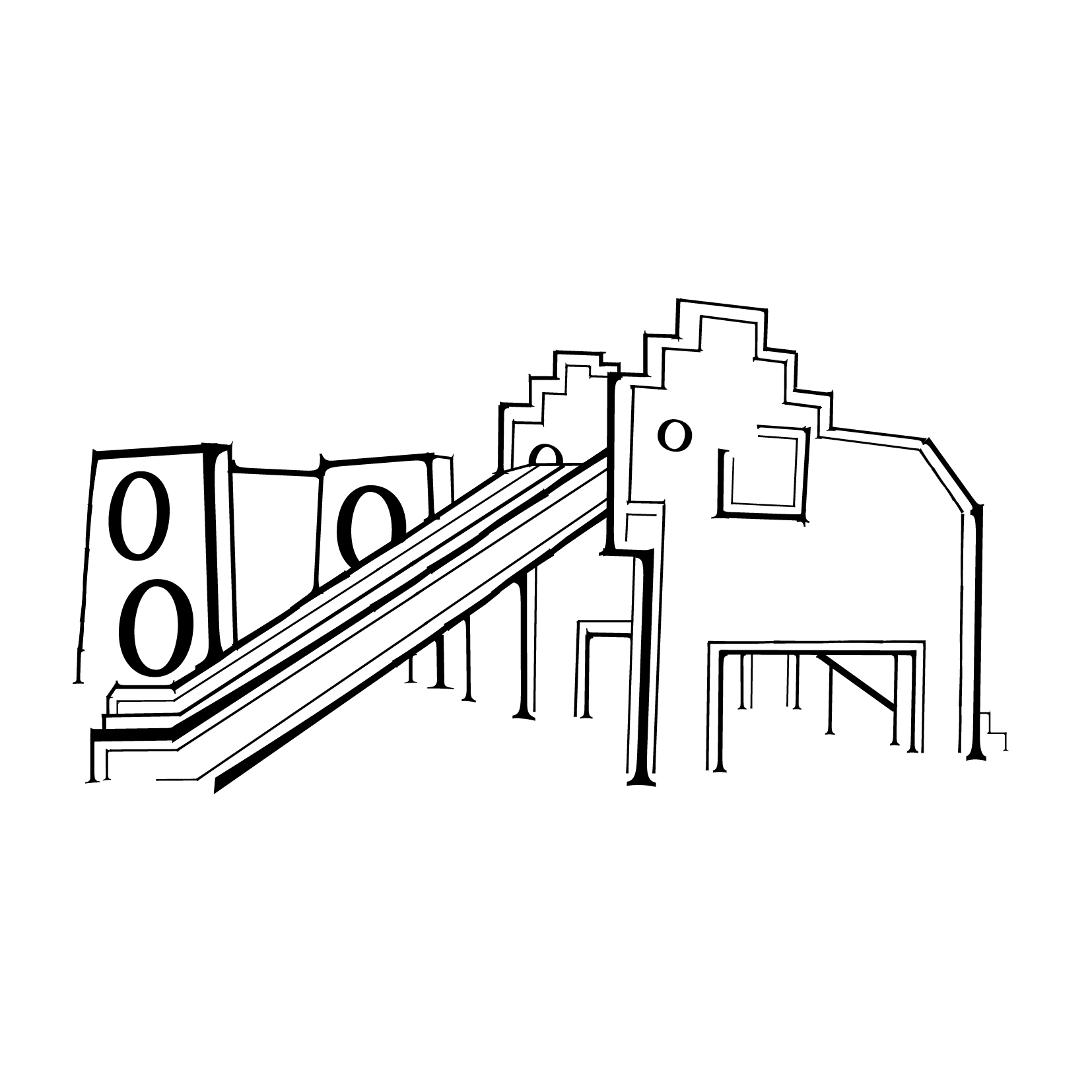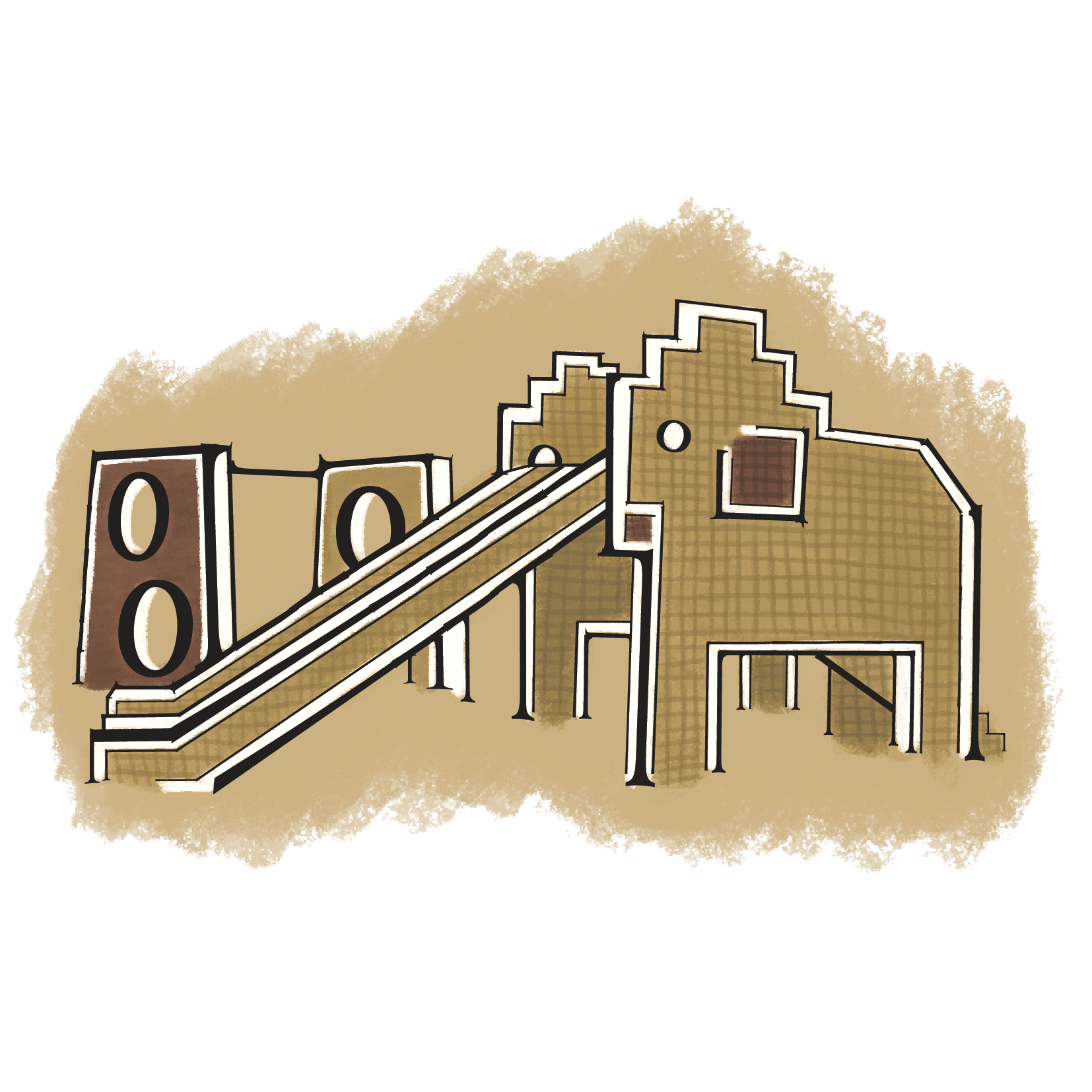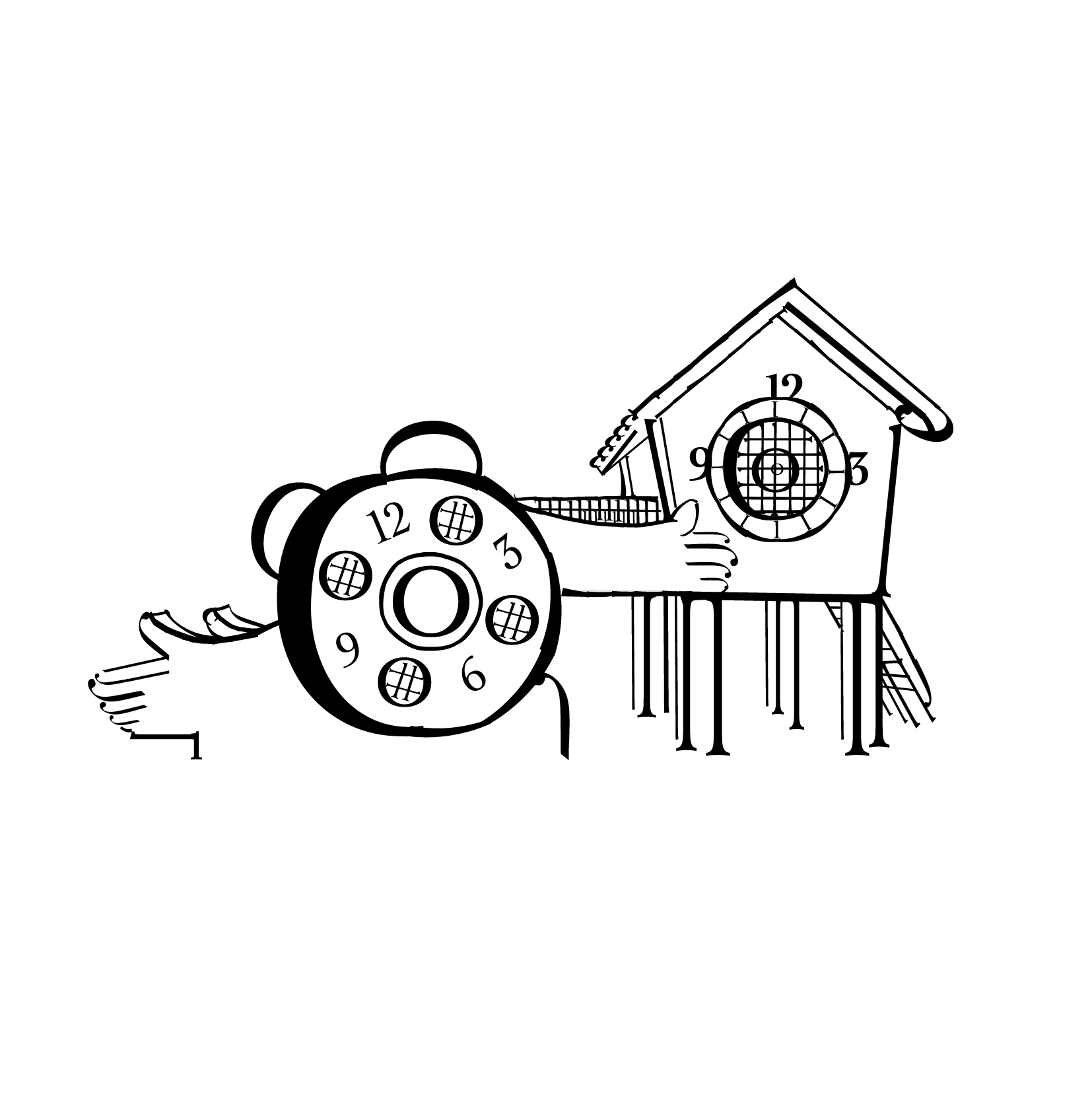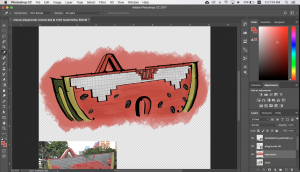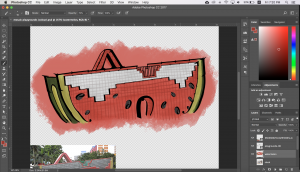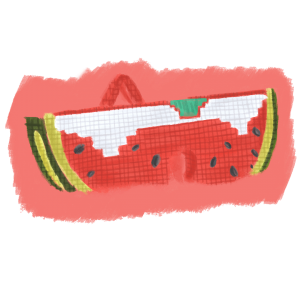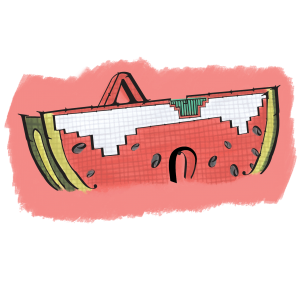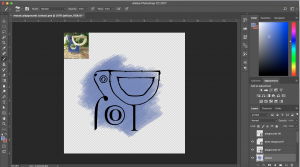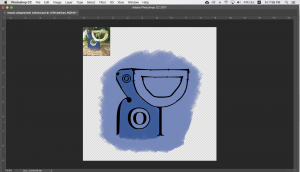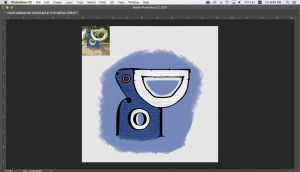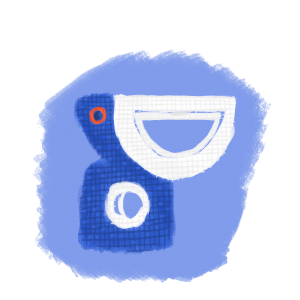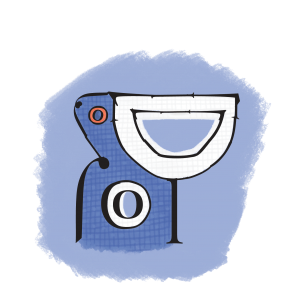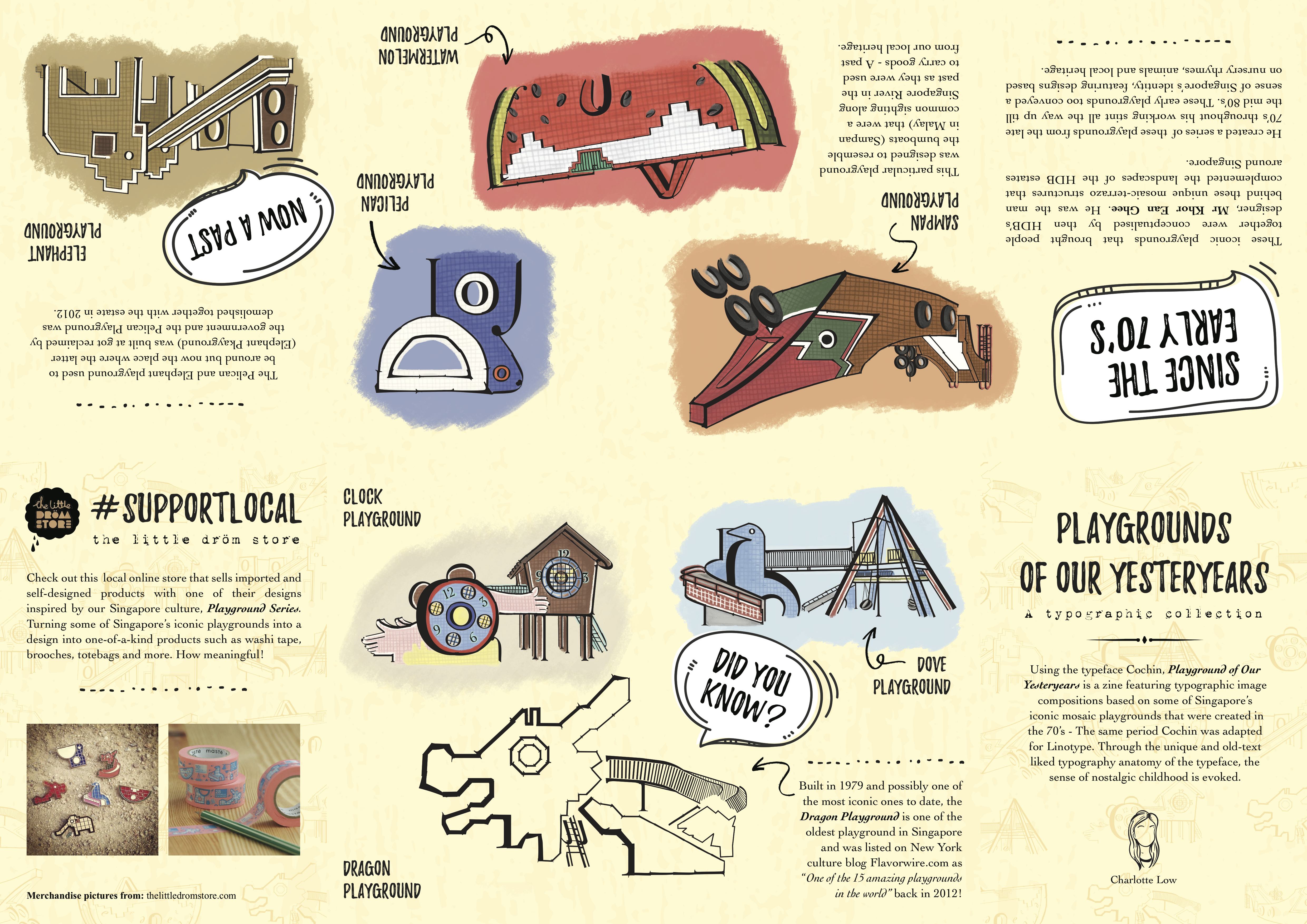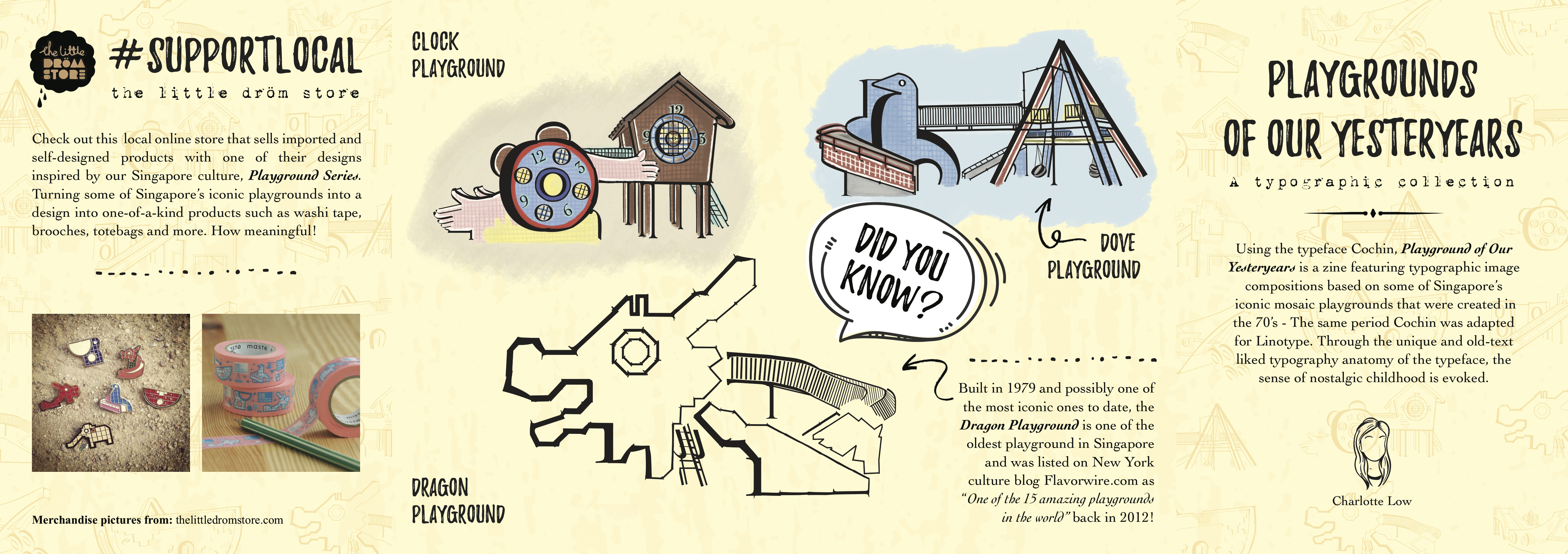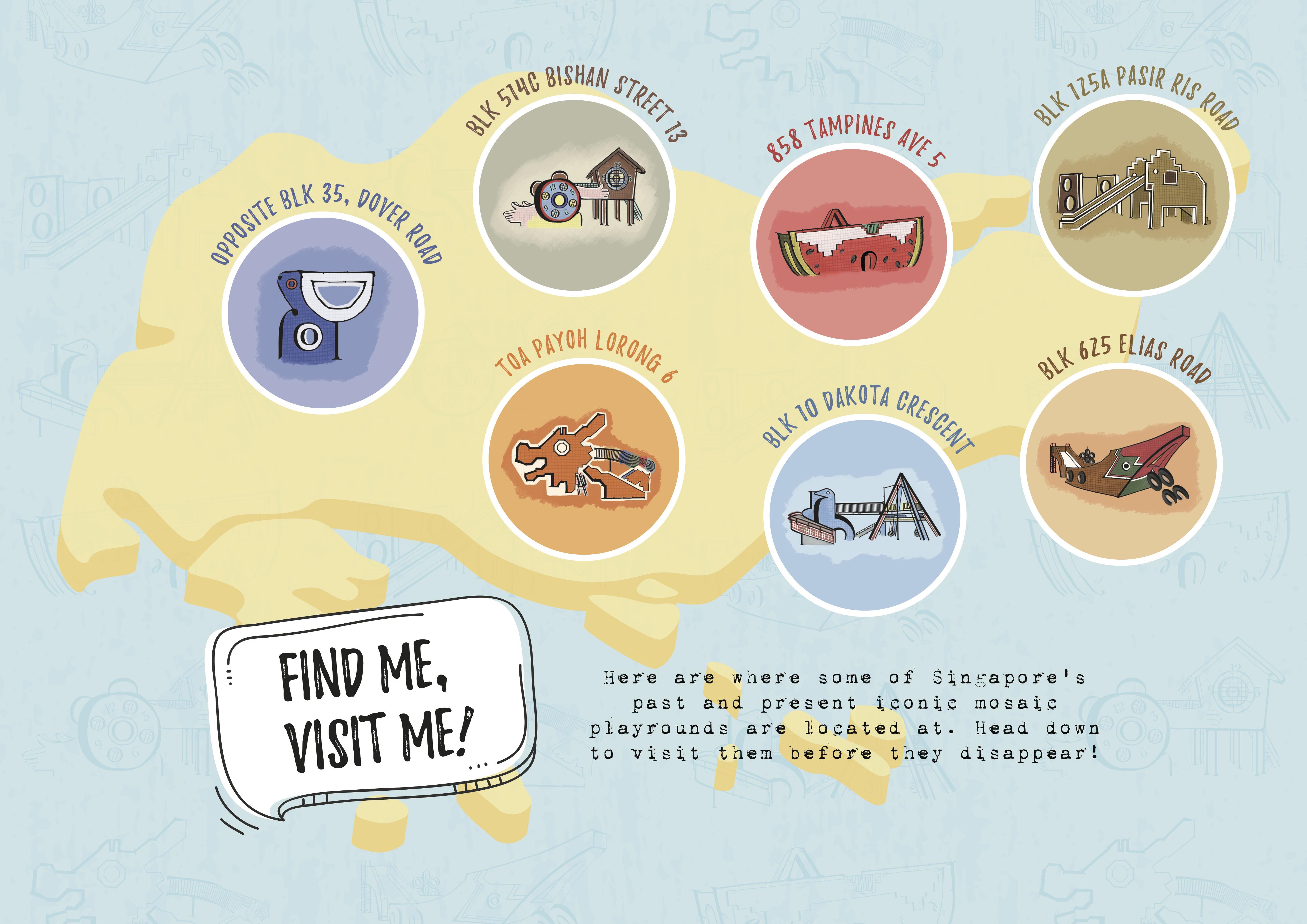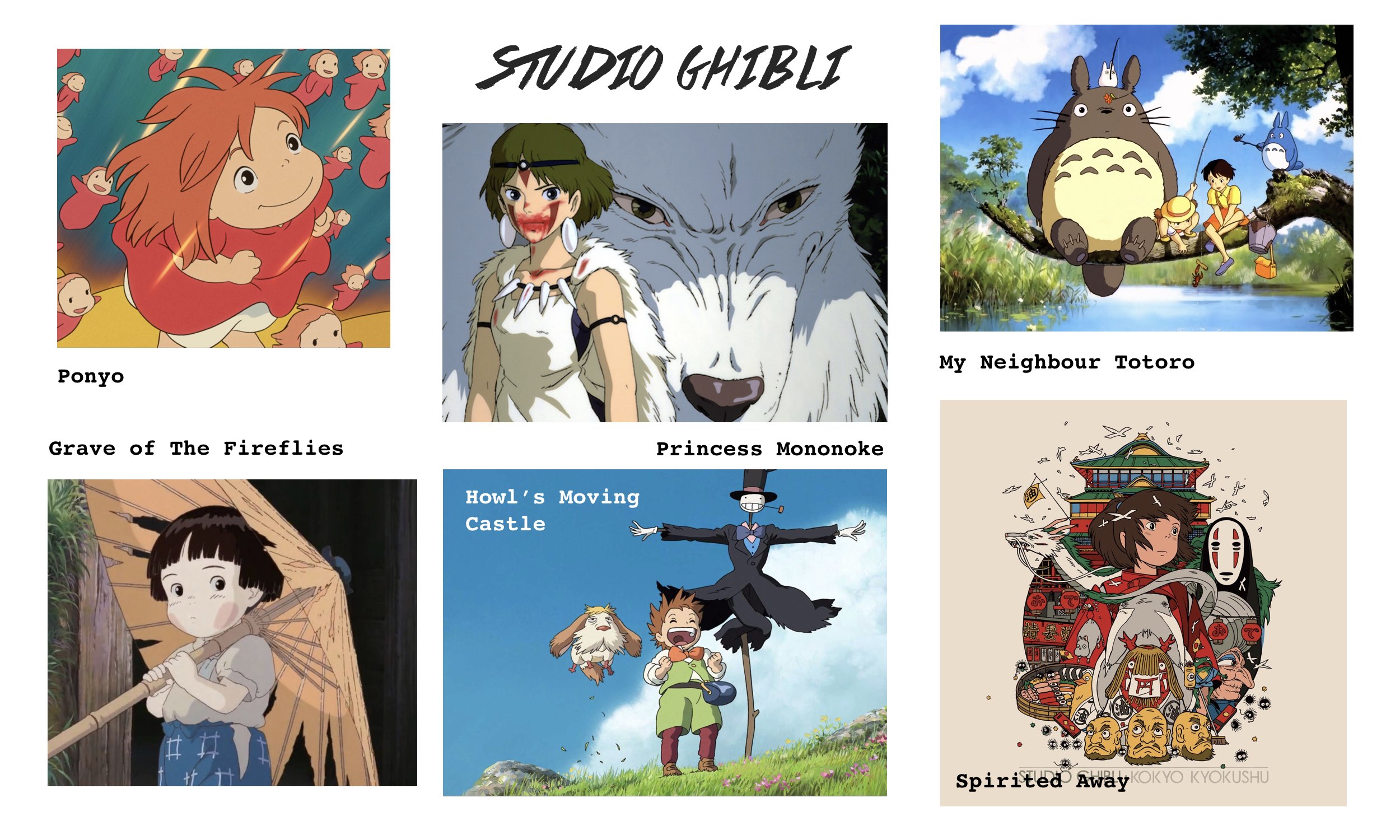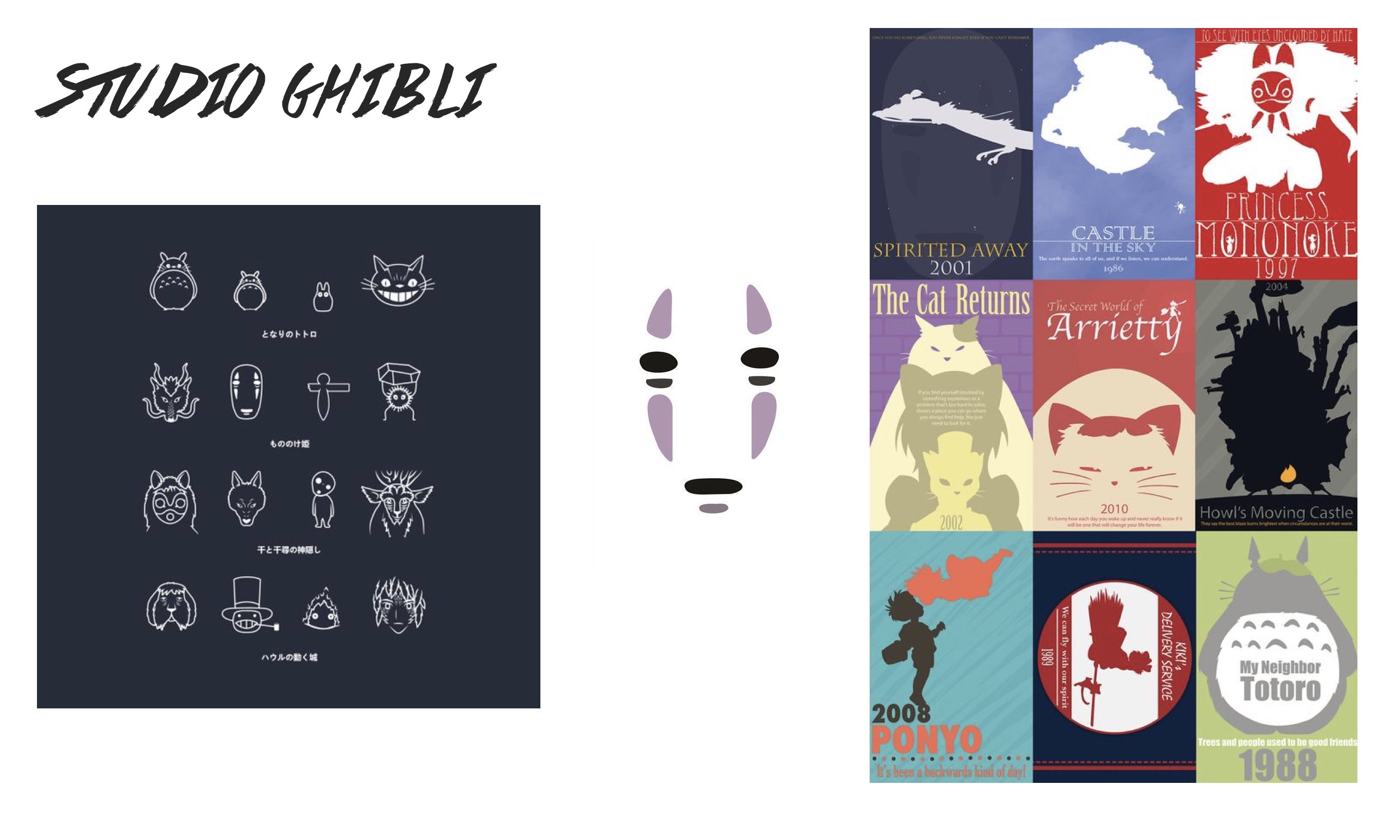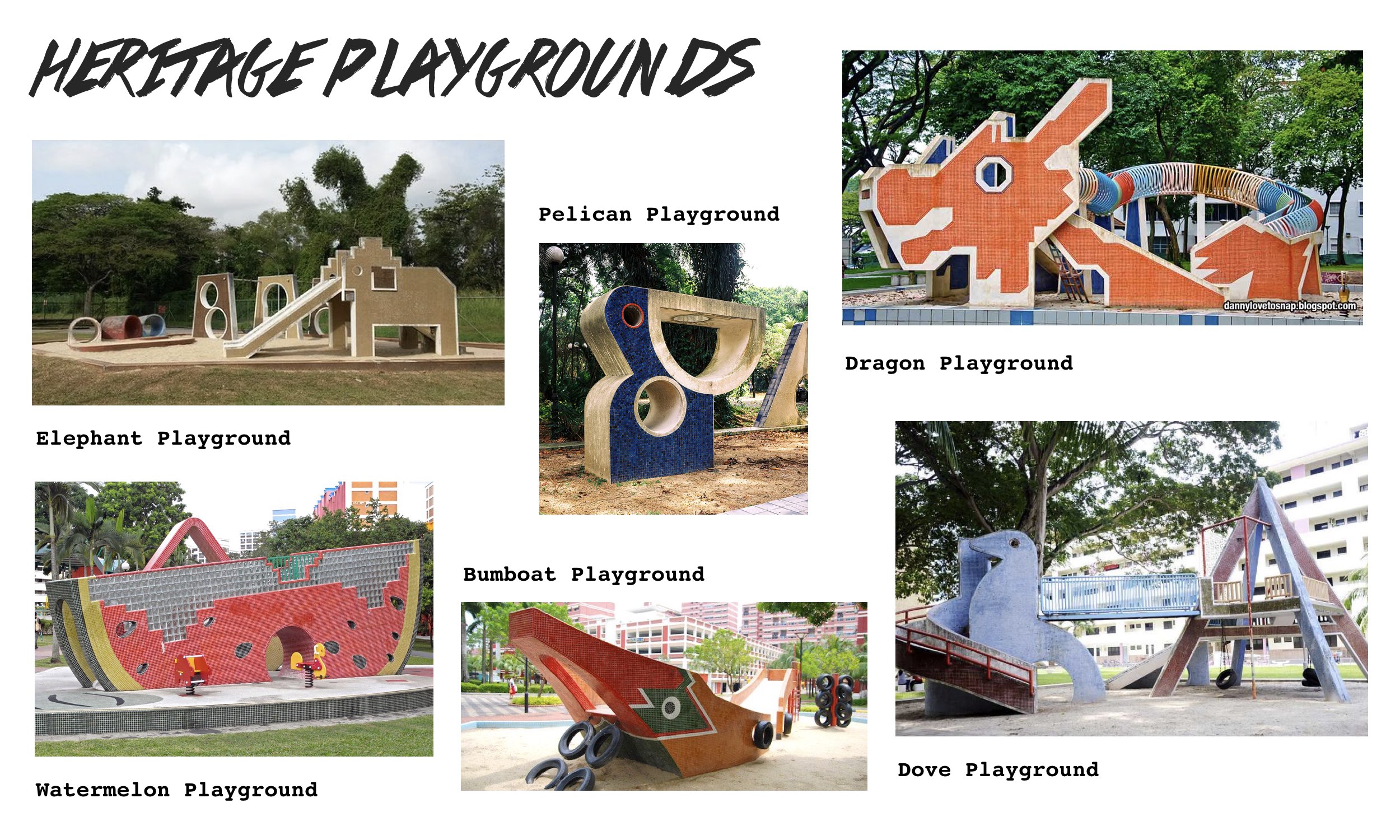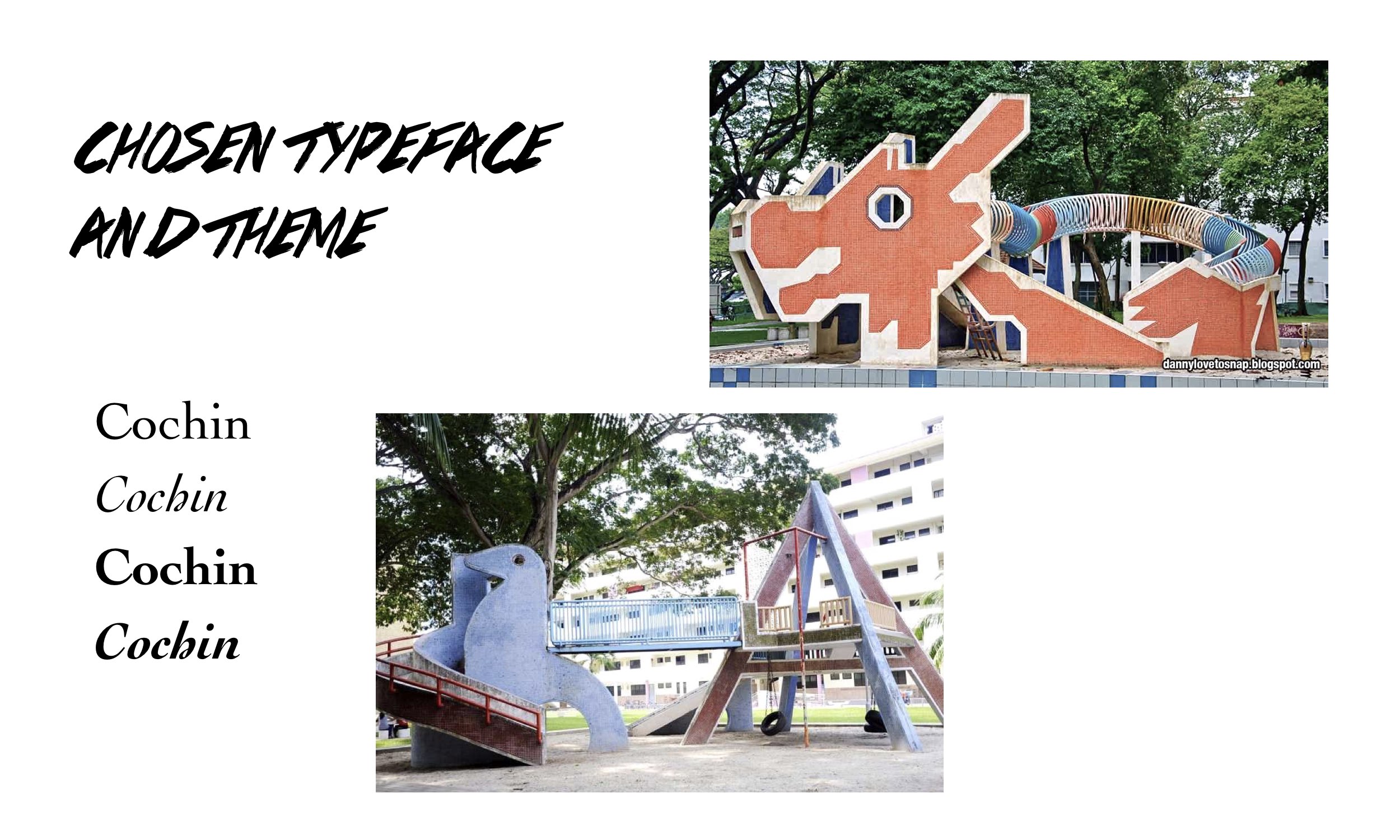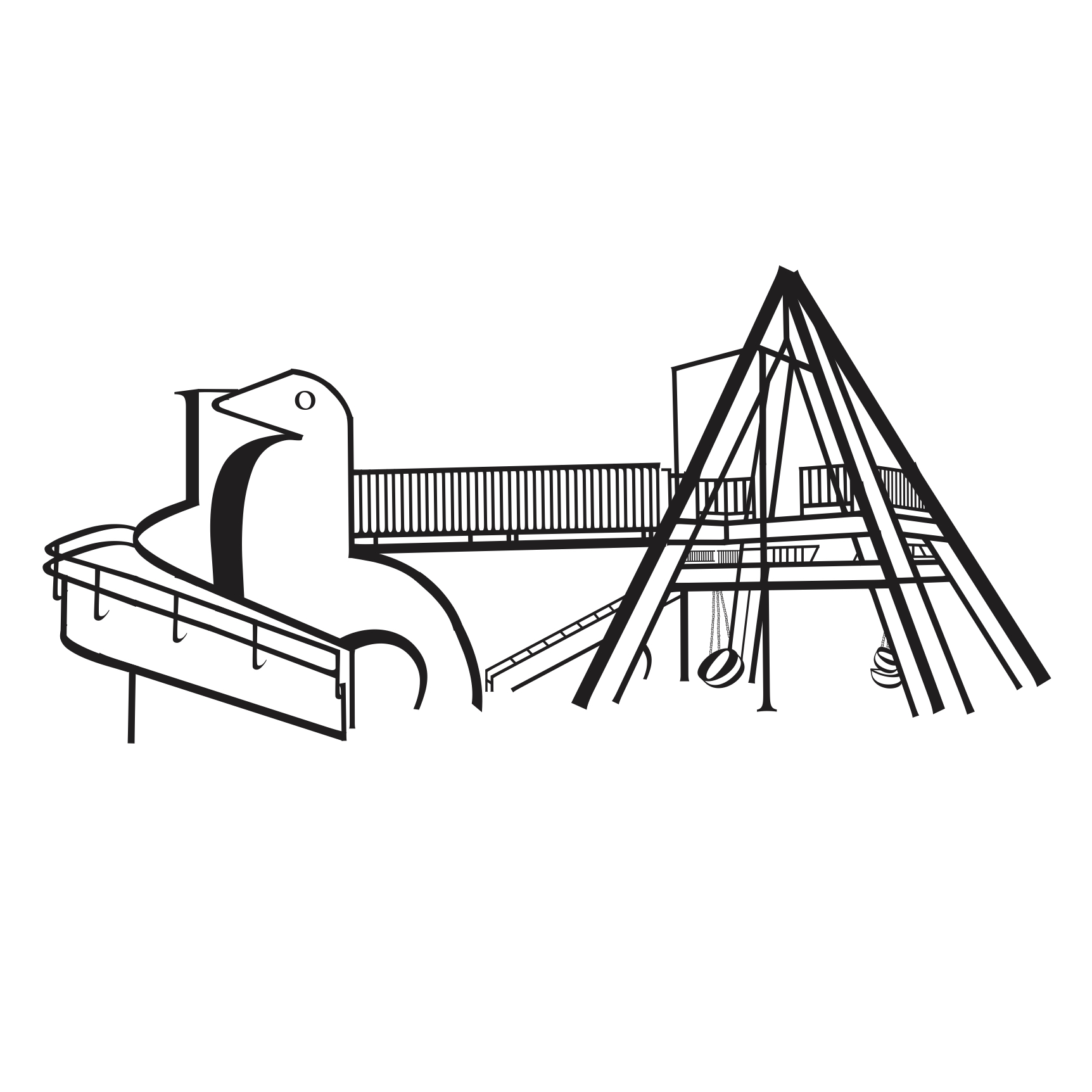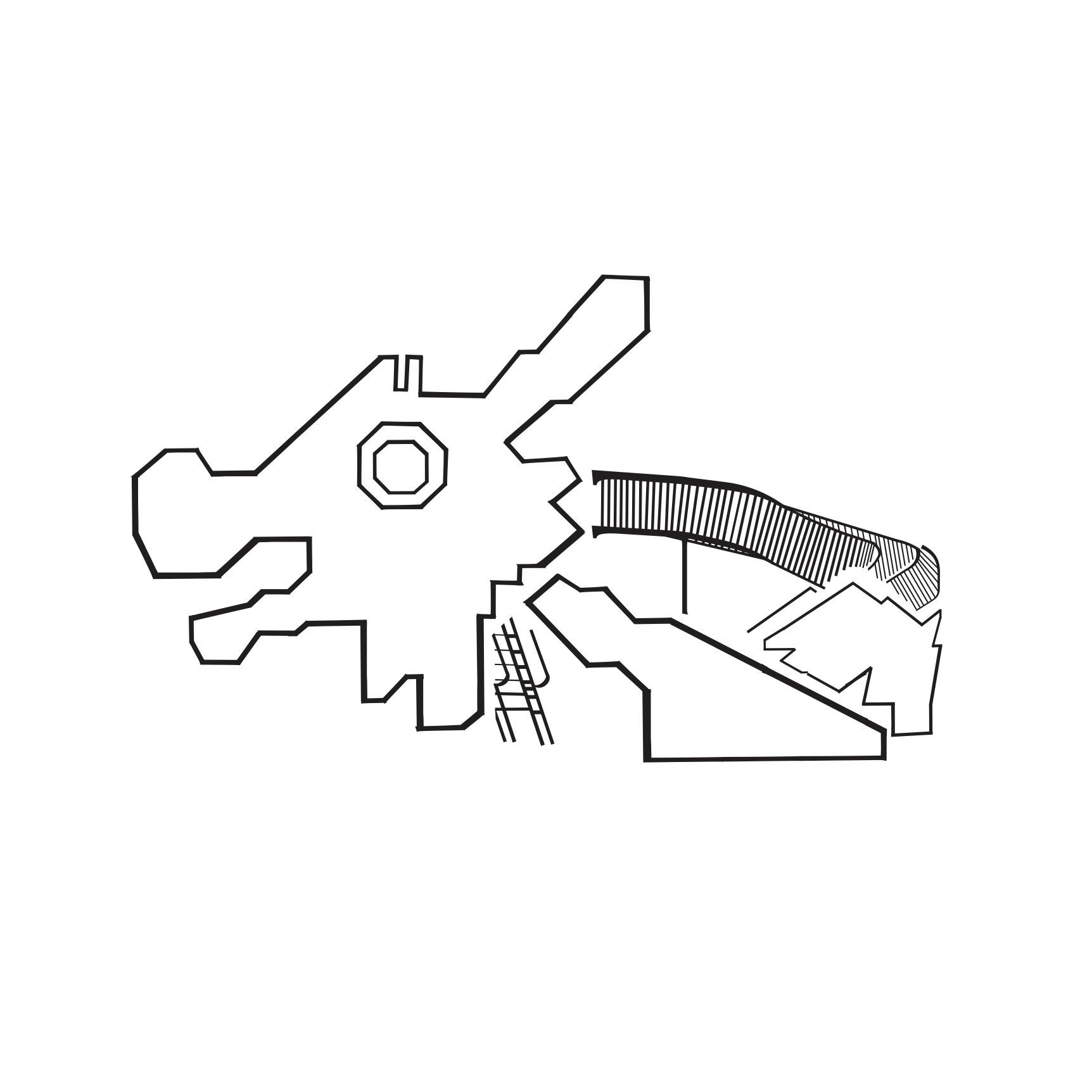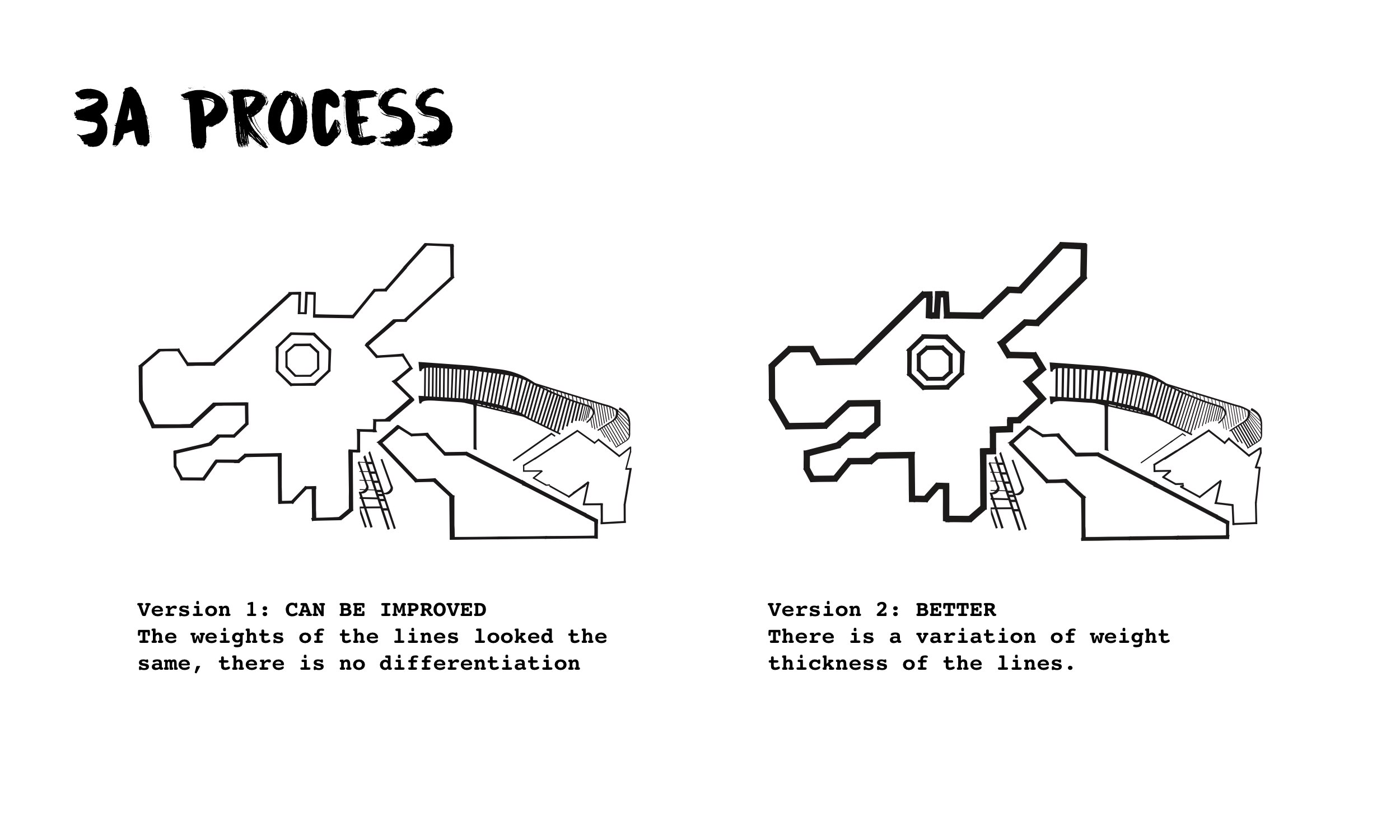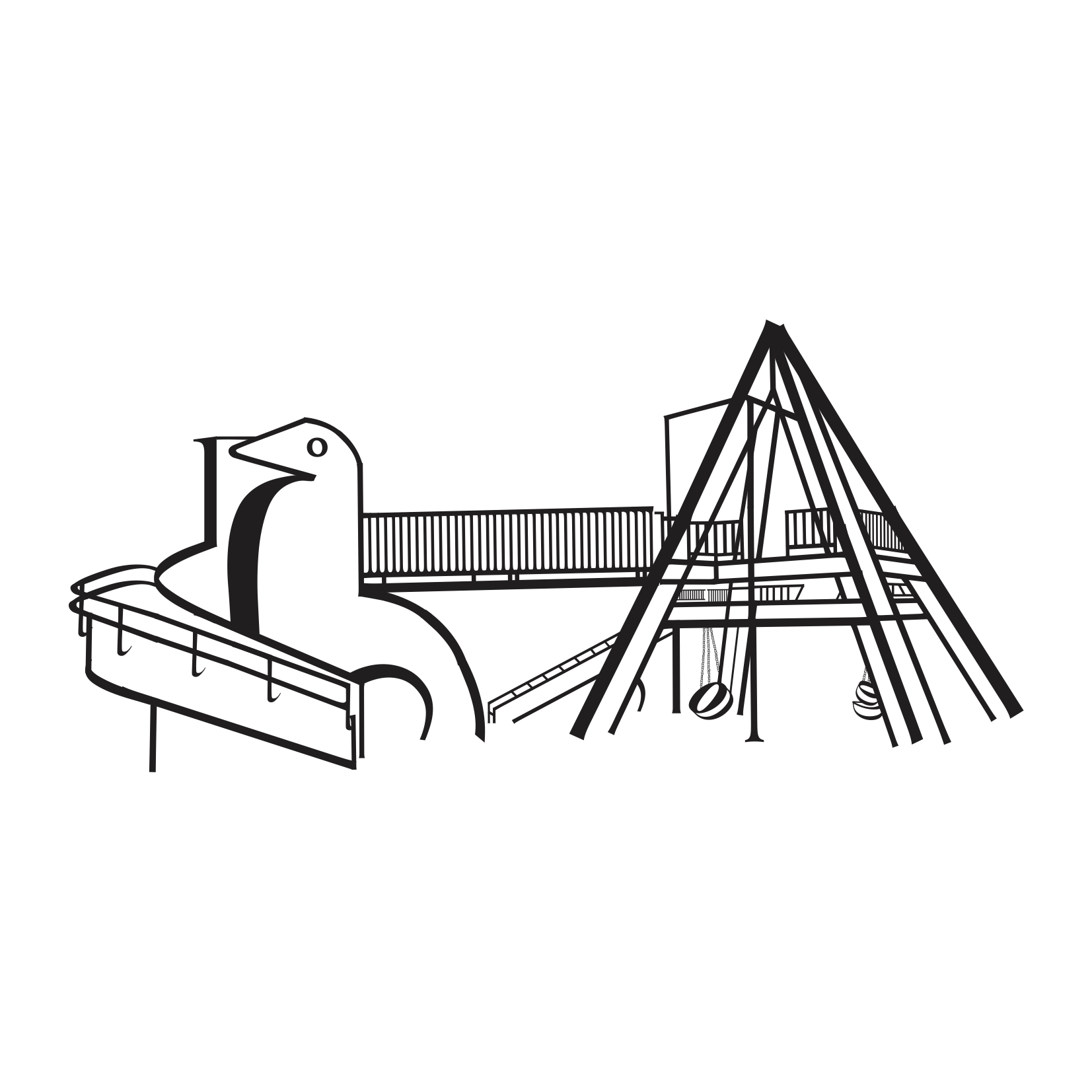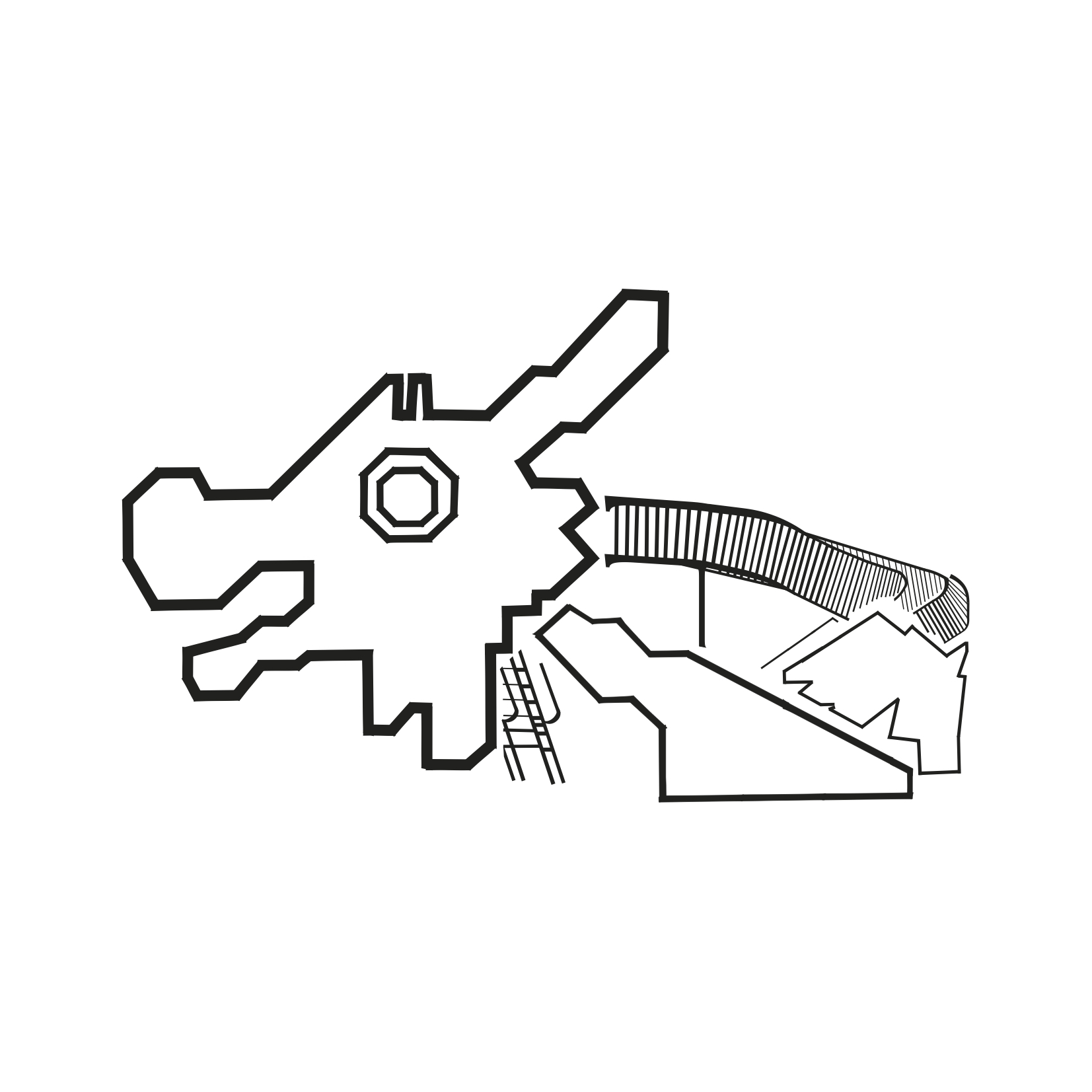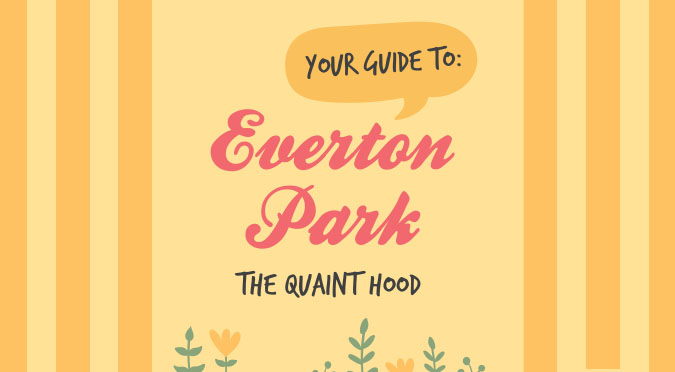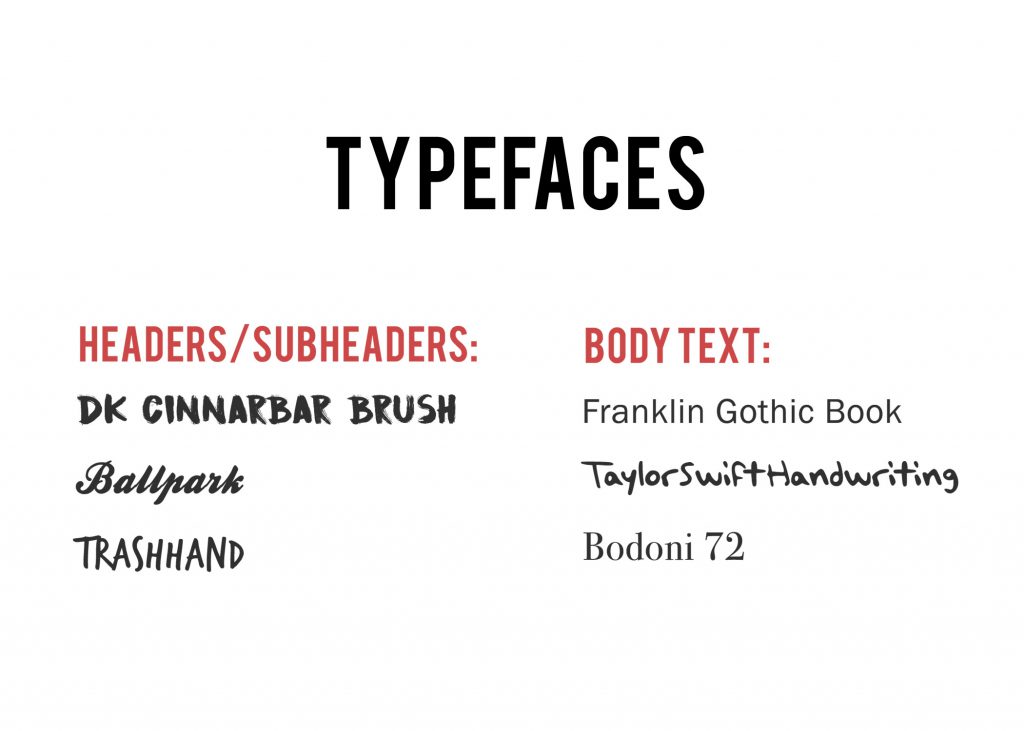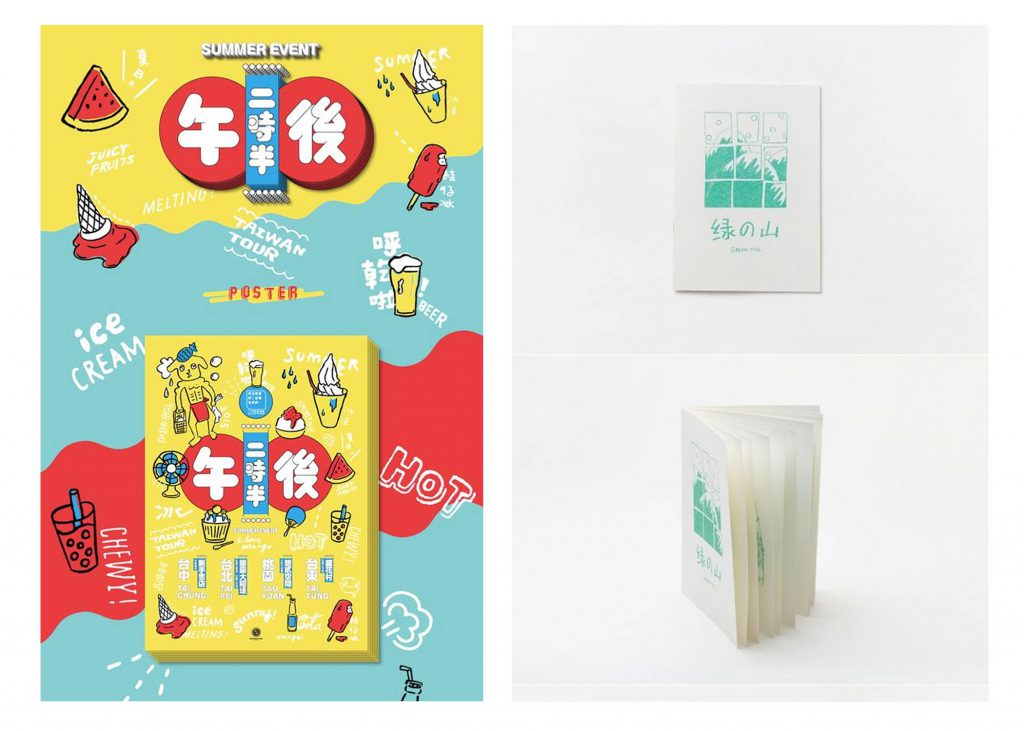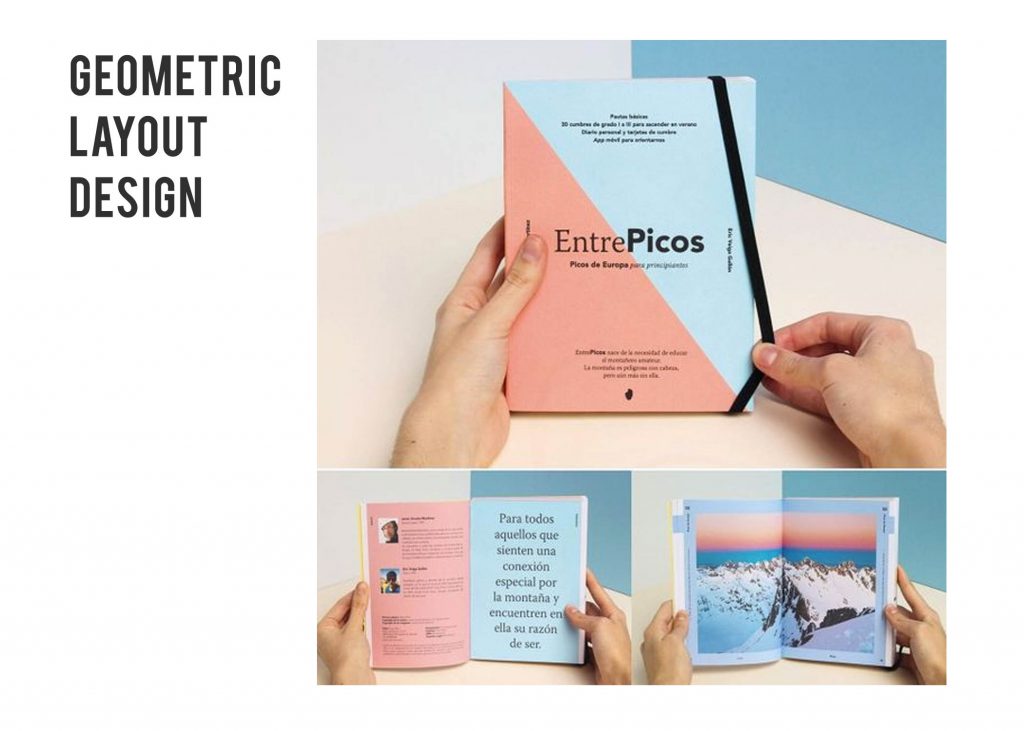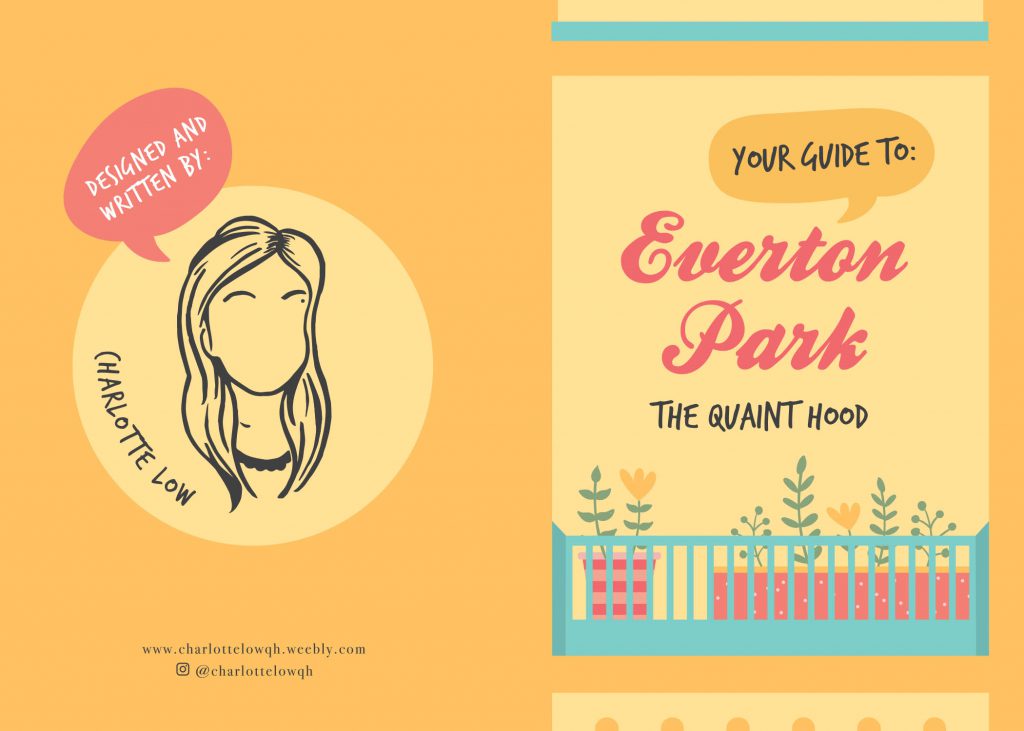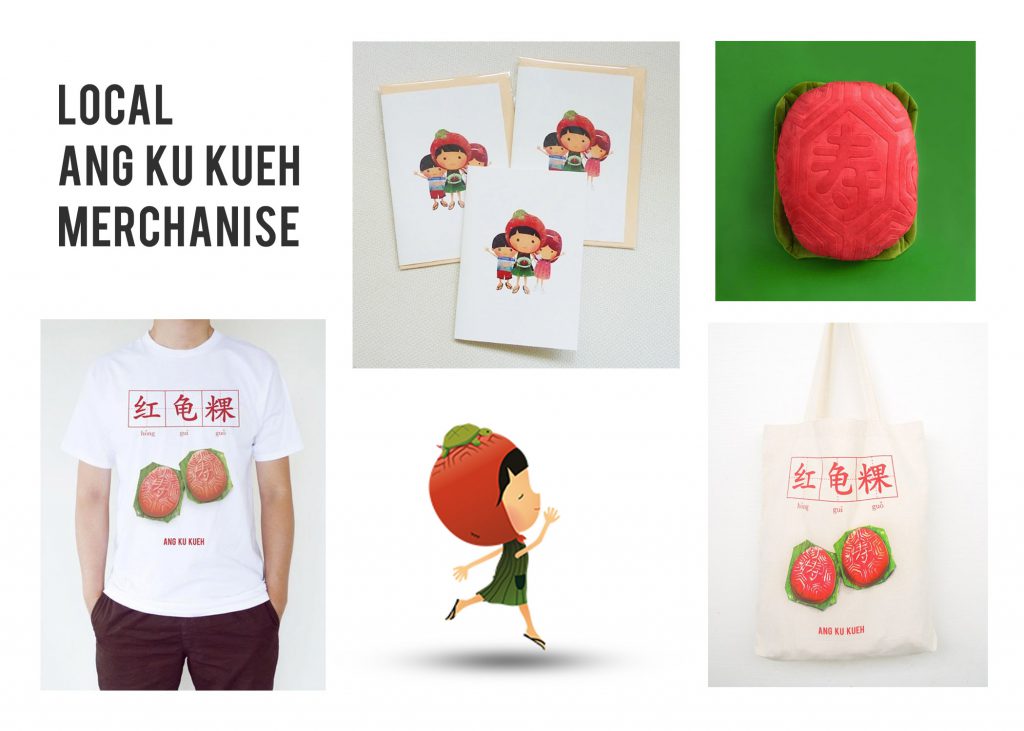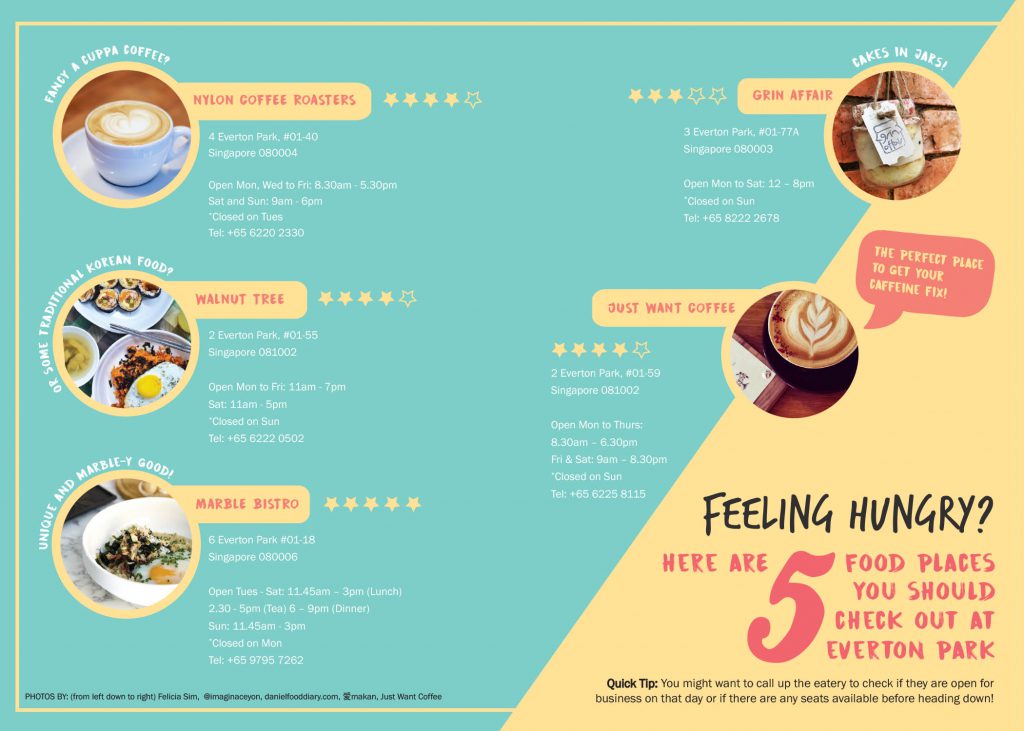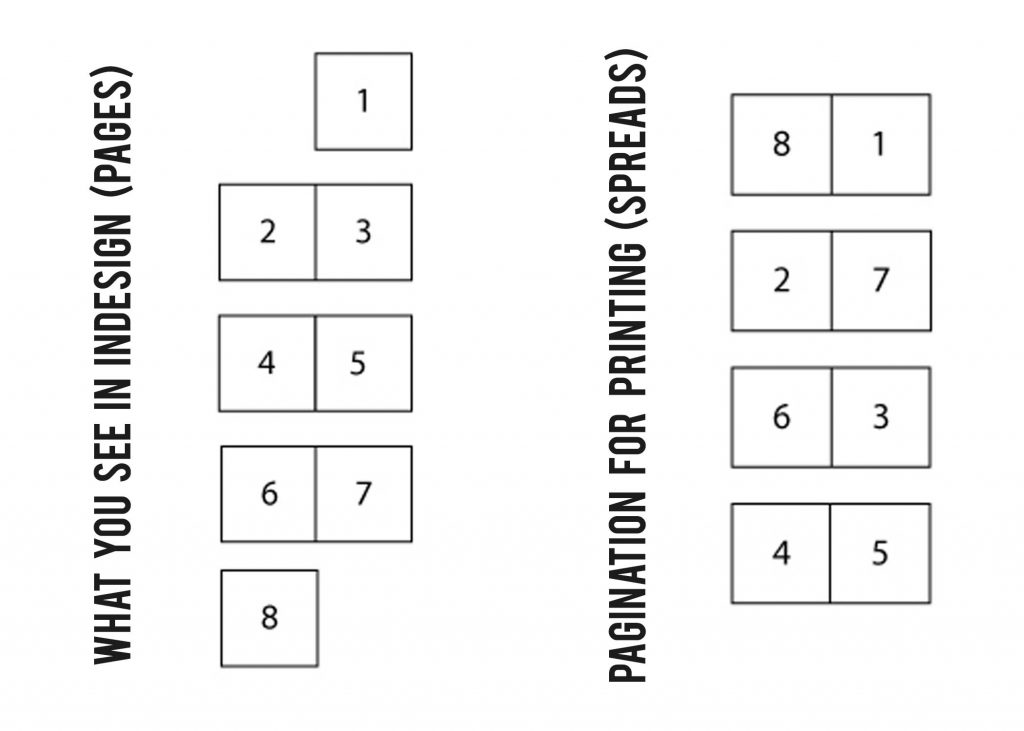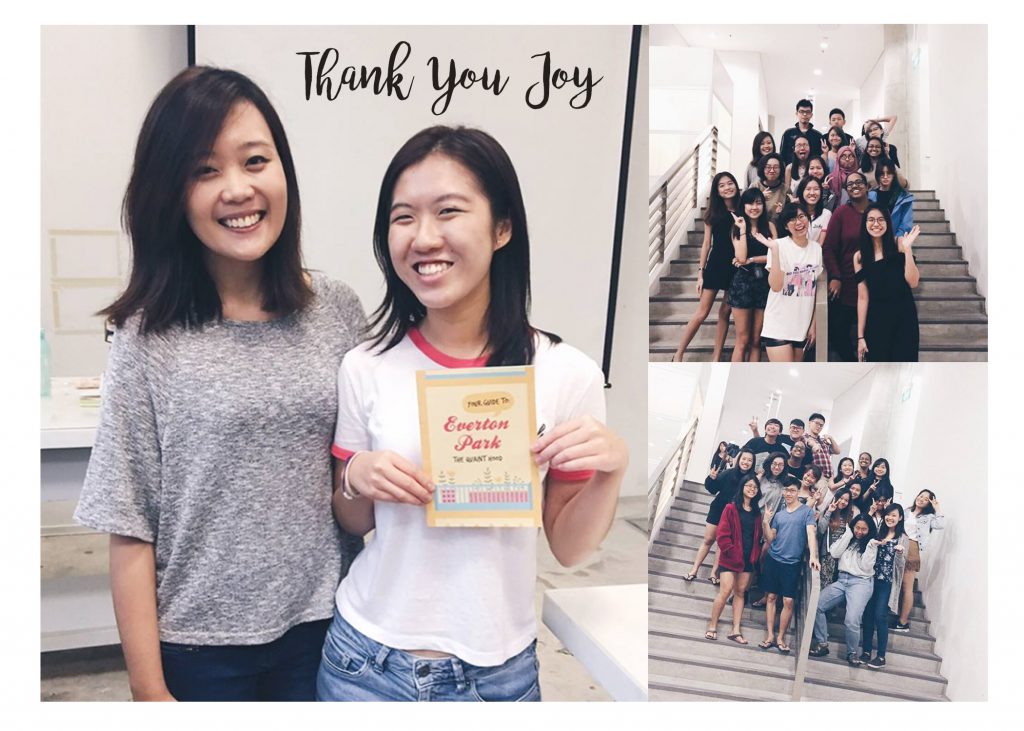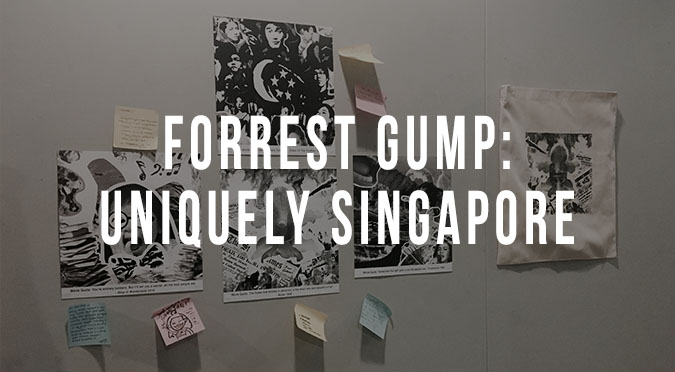Here’s a documentation of the final stages of Forrest Gump, a more in-depth explanation of the execution of each of the four compositions, some challenges faced and the concept. Similarly as with the first project, there might be a little overlap of documentation that may/may not have been mentioned in my previous work-in-progress posts.
CONCEPT: This project somehow took on a patriotism theme where all compositions were in Singapore context – the issues/happenings in the Singapore scene. As the first 2 compositions that I’ve came up with were swaying towards that direction.
EXECUTION: In terms of execution, it took me a few tries for some of the compositions to get to how they looked like for submission but there were some that came naturally too.
1. “The flower that blooms in adversity is the most rare and beautiful of all.” – Mulan (1998)
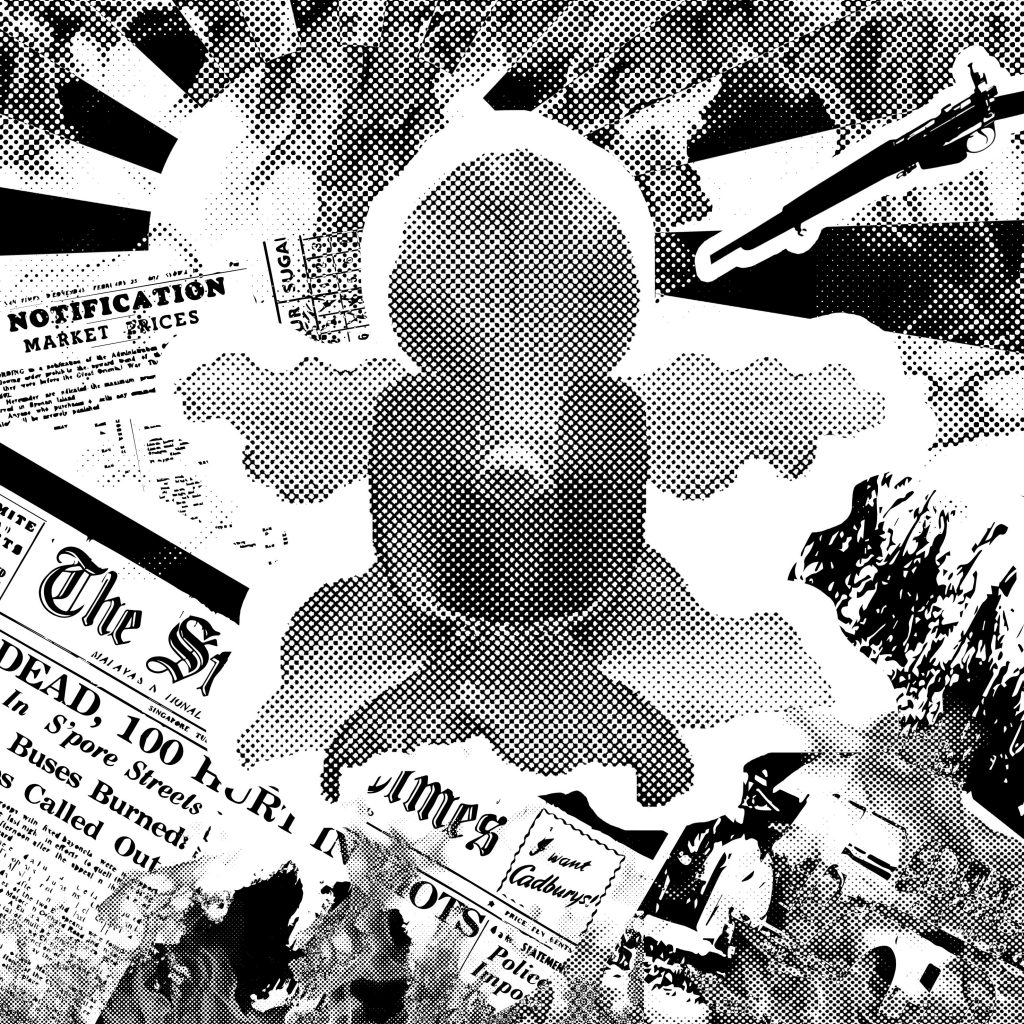
Based on Singapore’s history
The first composition which also turned out to be the chosen composition for printing onto the tote bag as I felt that it had significance. It felt like the core of all the 4 compositions which would be further explained in the CURATION part of this post at the back.
This quote is based on one of my all-time favourite Disney movies, Mulan and the idea came about after a clarification with Joy on the execution of the assignment and thereafter sharing with her several ideas that I’ve came up with for the chosen quotes. What I did (as with all the other 3 compositions) was to mark out the keywords from the quote and then bring out its essence in the composition created. So I thought it should be literal but I was then told that the quote could totally take on a whole new interpretation – giving it a storyline etc. It need not be related to the movie.
I went back thinking about the quote, the word flower and adversity was still stuck in my head. Then suddenly the thought of Singapore going through the tumultuous times came to mind. Adversity: Represented through the tumultuous times of Singapore – The bus riots, Japanese occupation etc. I found some visuals from that period online. Flower: The national flower of Singapore, Vanda Miss Joaquim. It could represent Singapore in this case, and I intentionally placed it in the centre of the composition, it in bloom to bring out the phrase “blooms in adversity” as well as to show the beauty of it having been through all these adversities.
What you see is the revised version of the composition after having gone through consultation with Joy where she suggested for all the elements to be pointing towards the national flower so that when viewed
If you compare the composition shown in the consultation post and this composition , you’d realise that the bus which reflects the Hock Lee Bus Riots was pointing in another direction whereas the bus here is following the approach of convergence.
2. “I can taste so many flavours!” – Grave Of The Fireflies (1988)
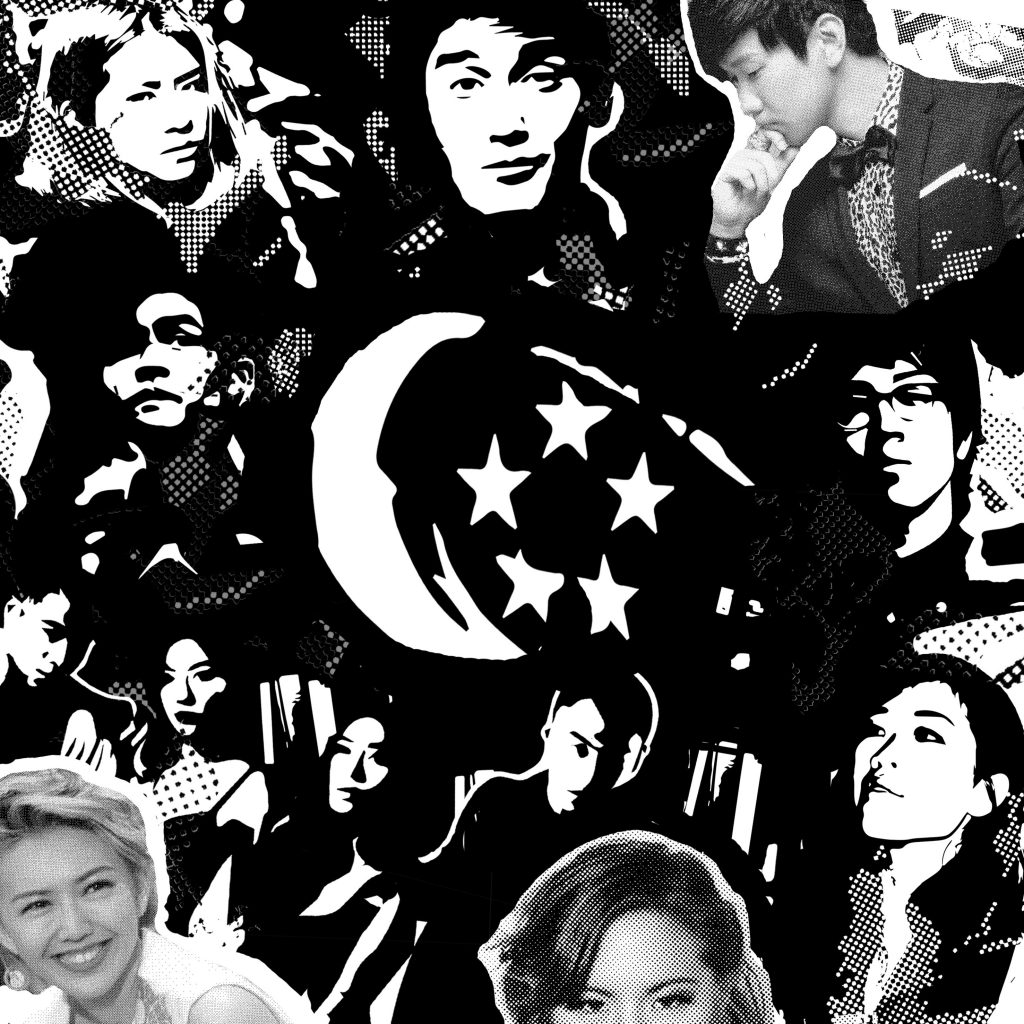
Based on the Singapore music scene
This was the second composition I came up with. It’s based on a quote from one of my favourite Studio Ghibli movies from 1988, Grave of The Fireflies. I couldn’t think of how I want to create the composition at first but wanted to closely relate it to the word taste and bring out the word flavours as well (my identified keywords from the quote).
I searched for the definition of taste and found:
taste
v.tast·ed, tast·ing, tastes
v.tr.
1. To distinguish the flavor of by taking into the mouth.
2. To eat or drink a small quantity of.
3. To partake of, especially for the first time; experience: prisoners finally tasting freedom.
4. Archaic To appreciate or enjoy.
v.intr.
1. To distinguish flavors in the mouth.
2. To have a distinct flavor
3. To eat or drink a small amount.
4. To have experience or enjoyment; partake
It could also mean the taste of something you’ve experienced. It need not necessarily be related to tasting food. As I studied Mass Communication in polytechnic, we were exposed heavily to the media scene. Singapore especially. That’s when I slowly got to know of Singapore music and took a huge liking to it. So I figured why not base it on that? This composition is rather personal I guess.
Flavours: In this context, it is the different music genres in the Singapore music scene and Taste: The different music genres I’ve listened to. My reason for choosing these few singers in particular when there are so many around is because over the years and in recent times, these singers have one way or another represented Singapore in countries like China, Korea and many more. They are pretty much the country’s pride and the more popular and prominent ones around to date. Also, they each represent a different music genre. e.g.
The Sam Willows: Folk-pop
Charlie Lim: Jazz/Blues
iNCH: Indie Rock
Gentle Bones: Pop, R&B
Nathan Hartono: Pop, Jazz
JJ Lin/Stefanie Sun: Mandopop
and more. After creating this composition, I realised I was swaying towards the theme of patriotism.
3.“You’re entirely bonkers. But I’ll tell you a secret, all the best people are.” – Alice in Wonderland (2010)
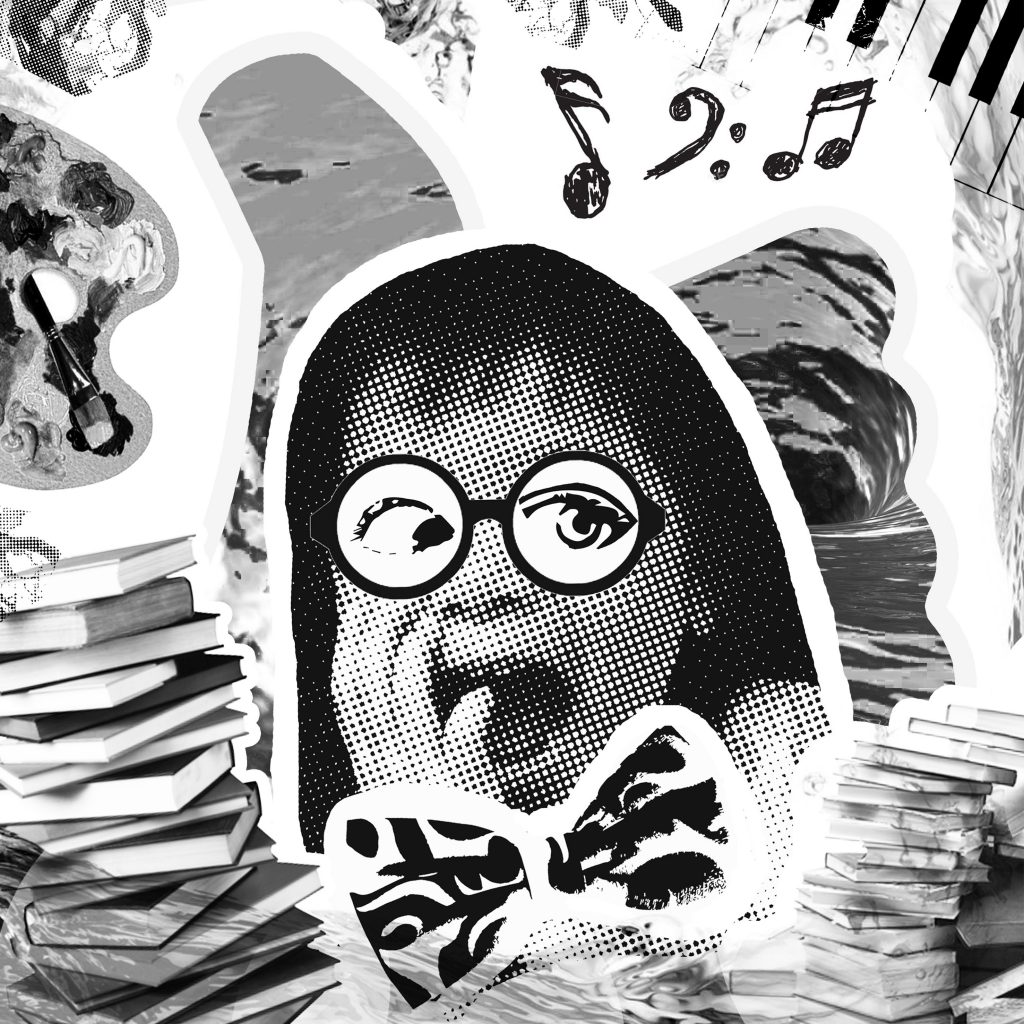
Based on kiasuism in Singapore
The third composition did not turn out like this. If you’ve been following my earlier post on the consultations I had with Joy, you would have realised that it was based off the movie itself (Alice in Wonderland) with the Mad Hatter as the main character not a kid.
The keywords in this quote were bonkers and best. Since I was going along with the concept of patriotism, I changed up the composition with the intention of showing the kiasu (a.k.a scared lose) culture that’s present in Singapore among parents and their young kids, still preserving some of the elements from the initial composition featuring the Mad Hatter.
The phrase “you’re entirely bonkers” is directed to the parents who send their kids to pick up many different skill sets when they young e.g. tuition, arts, music – as seen in the images used in the composition and then “all the best people are” is shown through the focus on the kid where they would definitely stand at advantage as compared to other families’ kids by being the smarter one when they grow older (note: the bow tie used as a symbol for smart).
As mentioned in the consultation post, by having a flat bitmap/image traced image I didn’t think it would bring out the word bonkers in the quote. Through the research done for the original composition, I tweaked the current one to fit the patriotism concept and applied the various art styles of adding a nerdy looking spectacle frame over the kid’s face with blown up proportions of the facial features for emphasis.
I remembered that Joy had suggested that I could use recognisable Singapore logos like the Popular Bookstore logo etc. to give it the additional Singapore touch. I tried but it somehow did not match the aesthetics/look I was trying to achieve for the composition.
4.“Sometimes the right path is not the easiest one.” – Pocahontas (1995)
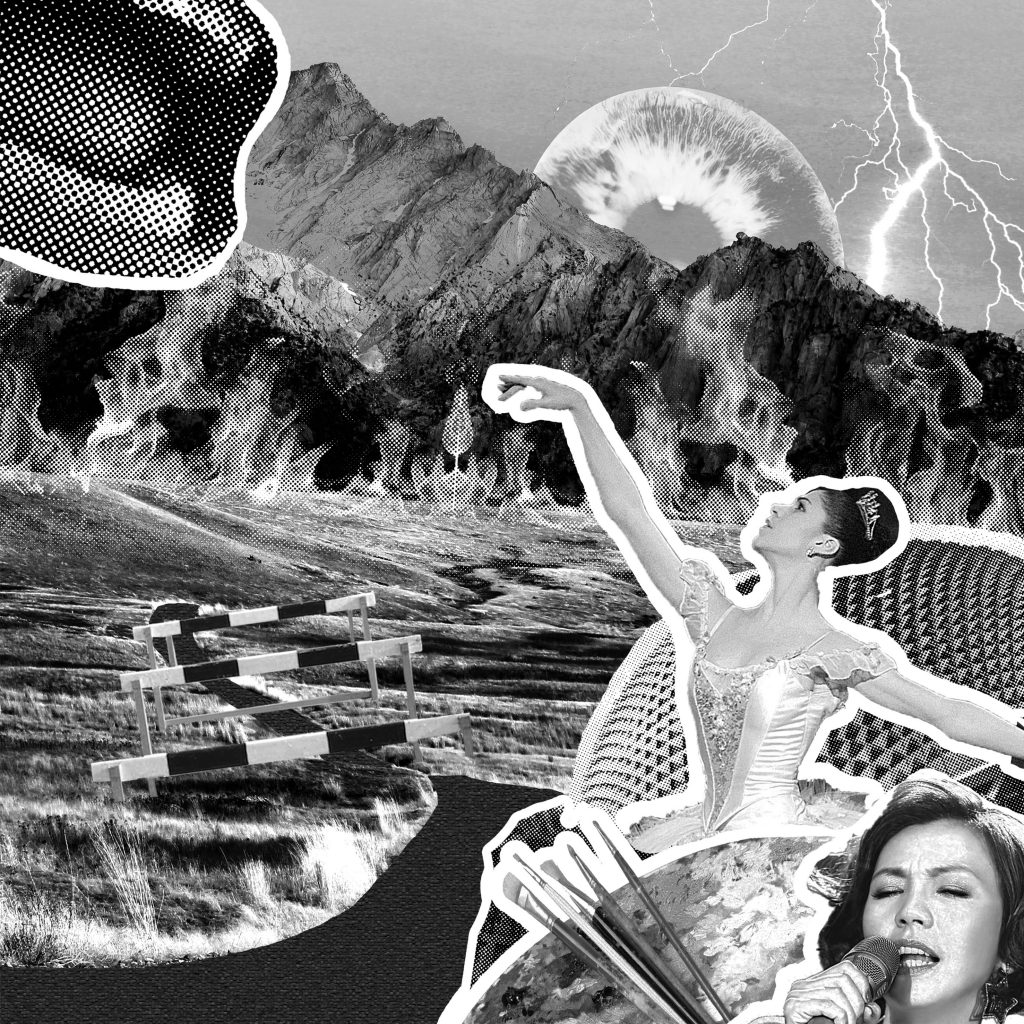
Based on a stigma in Singapore
A little backstory about this last composition… I didn’t intend on using this quote. I wanted to create another composition based on the second quote: “I can taste so many flavours” but with a more literal approach of having many various flavours in food and how it we taste it through our tastebuds: sweet, salty, sour, bitter, spicy and more.
And for a Singapore context, I wanted to use our local delicacies, each dish/food representing one taste but as i got down to doing it it was tough. As there were way too many local delicacies around and placing them in the composition would just create yet another collage-looking direct representation composition of the same quote. It will look very much similar to the music one.
Plus after exploring bitmap and image trace on the dishes and food, they still looked flat despite trying out the various techniques. It didn’t turn out that nice. So based on another quote, I came up with this composition that’s inspired by this stigma in Singapore quite last minute.
The keywords I identified this time round were right path and not the easiest. In Singapore context, right path: interpreted as following what you think is right in your heart, for example chasing/pursuing your passion. And for the passions that has got to do with the arts, it is more often than not not the easiest path to take. Some parents are still apprehensive of such passions and I portrayed it in the composition through the use of symbolism.
- Path: I literally used a path, a winding one in particular and it seems like there’s no end point to show how arduous the journey might be. Placing further emphasis on the phrase “not the easiest path” in the quote.
- Hurdles, mountains: Literal representations of obstacles
- Flames: As fury from disapproving parents on pursuing the arts in Singapore plus a disapproving looking mouth at the top left corner of the composition
- A collage of various arts in Singapore at the bottom right corner of the composition: Esplanade (representing theatre), famous local singer Kit Chan (for music), a ballerina (for dance), art palette (for fine arts) I purposely chose the images based on Singapore context.
CURATION
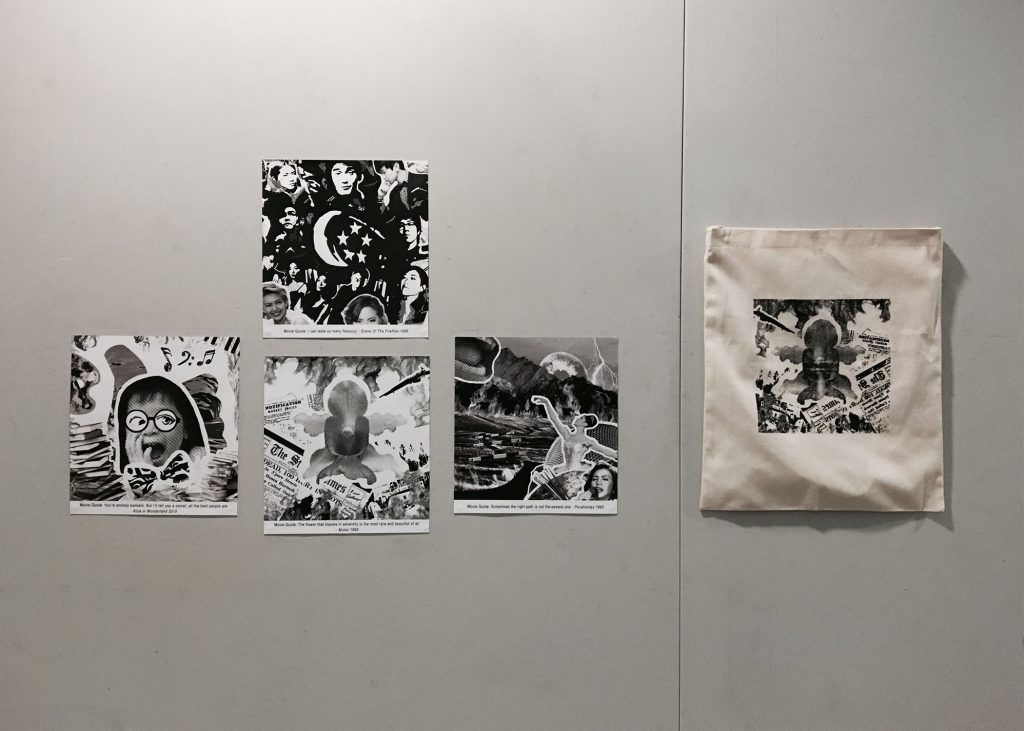
I had a eureka moment for curating my compositions for presentation day. As I was doing the compositions, the thought of arranging them to form another flower came to mind, bringing me back to the point of the first quote as being the core of all the compositions as mentioned at the start of the post.
The first composition is the bud of the flower (the core) and the other 3 branching out as the flower petals. All of these makes up Singapore, reflects the beauty of the country how it has blossomed over the years.
CHALLENGES FACED: As with all assignments, none of it would be exactly smooth sailing. Maybe slightly better but there’s bound to be hiccups along the way. For this project, it kind of came at close to the end. I believe with most of us, it’s the silkscreen bit where we had to print our chosen design onto the tote bag for submission. Sure it may have turned out fine previously on newsprint paper during the trial week but on the tote bag it came out otherwise… (W-H-Y)
What Joy suggested for us to do before printing onto the tote bag was to test print the design onto a similar material so as to check its results. I only brought one recycled tote bag of similar material to try out but I might have used too much ink and force resulting in a heavily smudged print (bottom left). So I had no choice but to gauge and try out on the final tote bag the second time round.
Failed once again… the fine details of the composition did not come out fully and I was really apprehensive of trying out the third time as it was the last side I had of the tote bag and if I fail once again that meant I had to invest in a new one as it was required for submission on presentation day. Guess it was do or die… Surprisingly the fine details of the composition were printed on nicely this time round and I managed to get l my desired print (bottom right) so yay and phew! 🙂
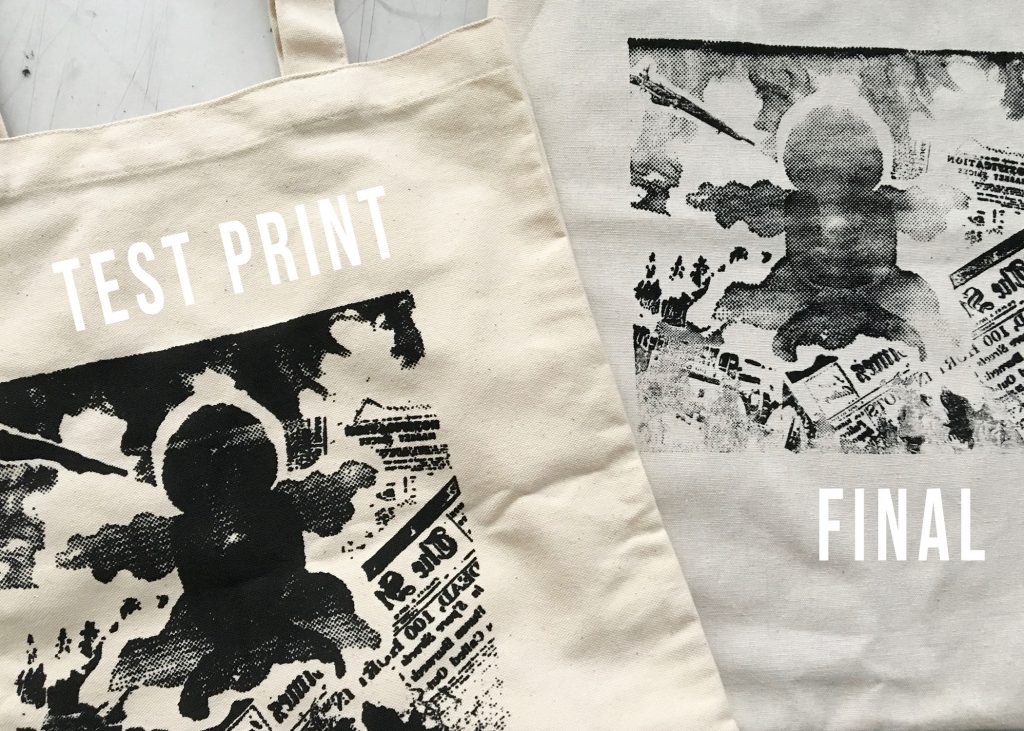
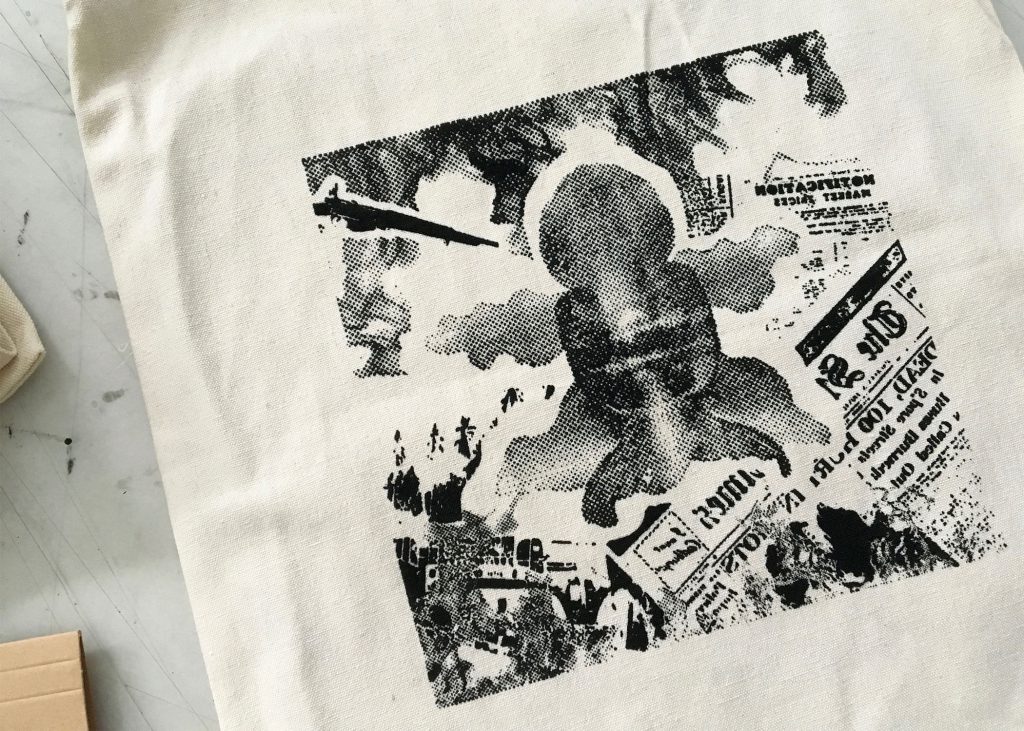
Silkscreen end product
Overall I really enjoyed this assignment from start to end. At the beginning of the assignment, I would’ve never expected that I would create 4 entirely different patriotic compositions from 4 very different movie quotes. I guess that’s the beauty of art, you’ll never know what you’ll end up creating.
Even though we all were given the same project brief, all of us came up with very different compositions which were all interesting in their own way.
Now onto the final project!! 🙂
